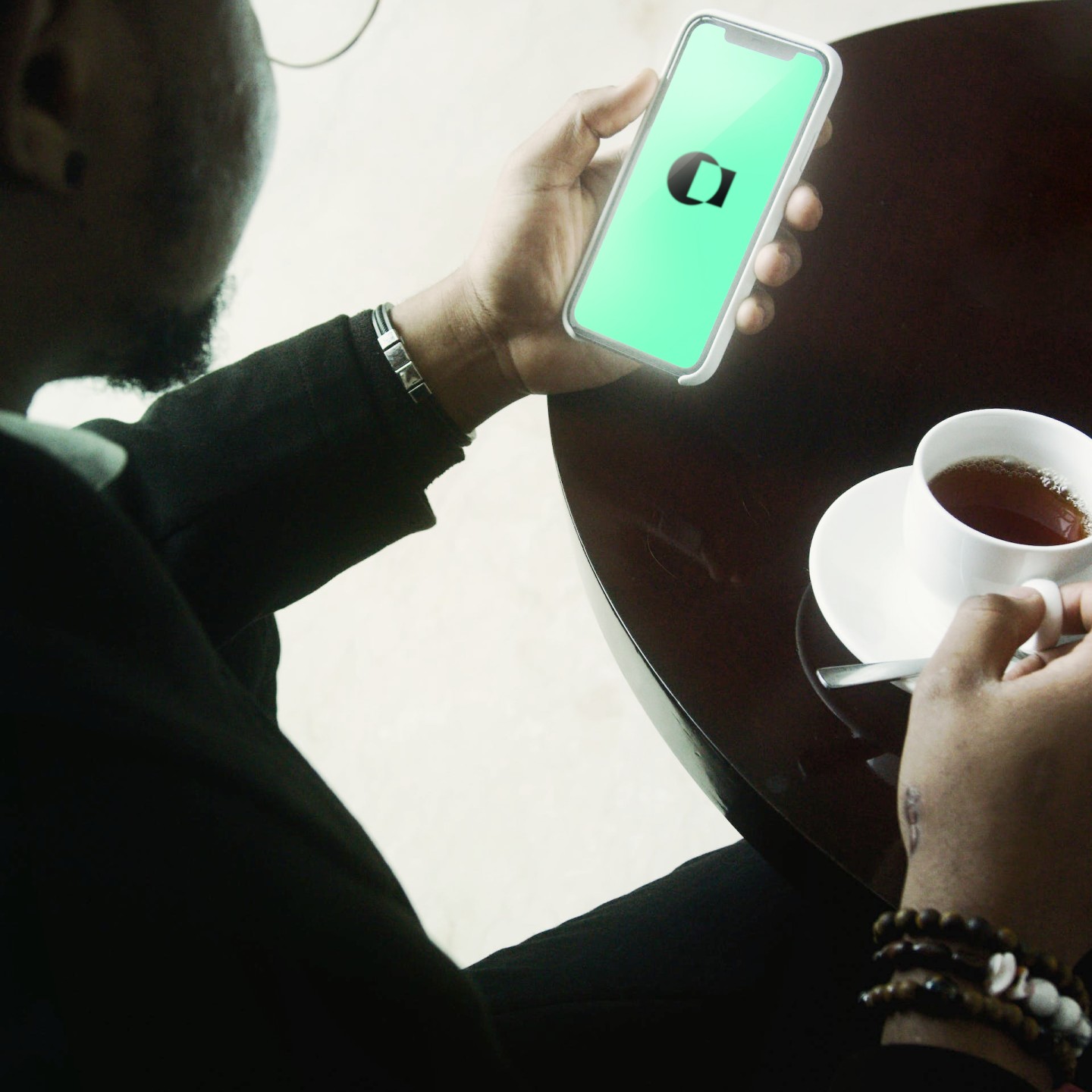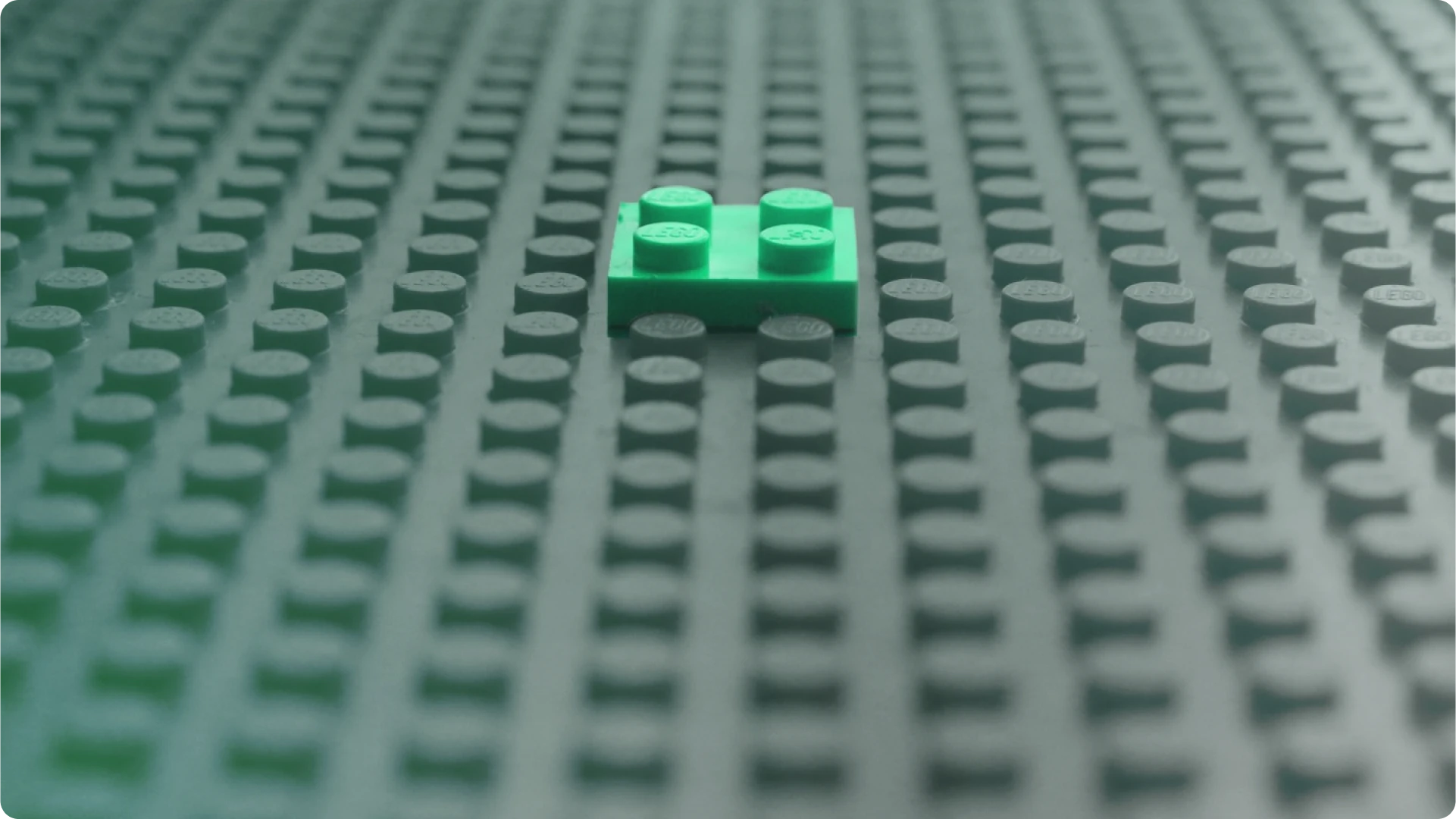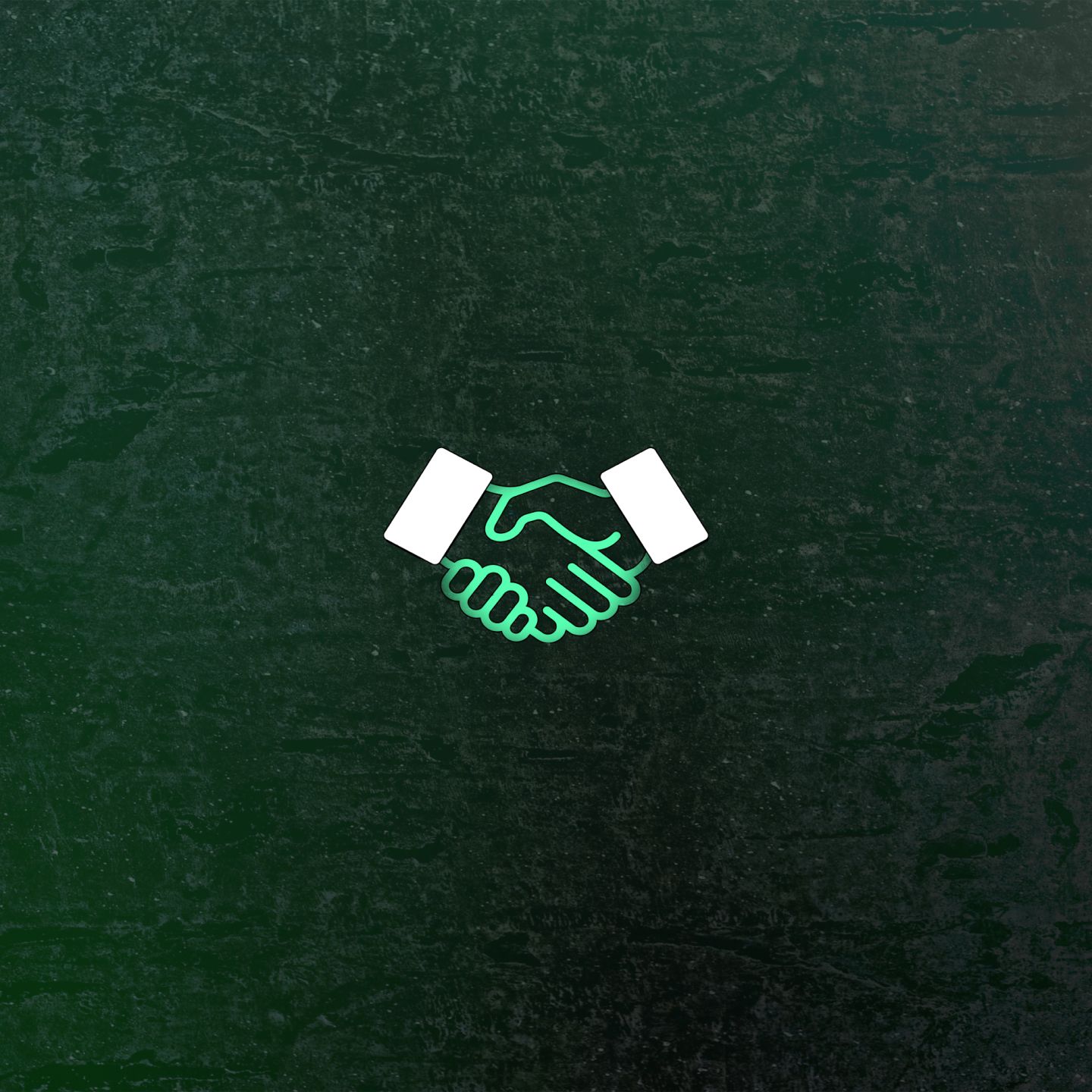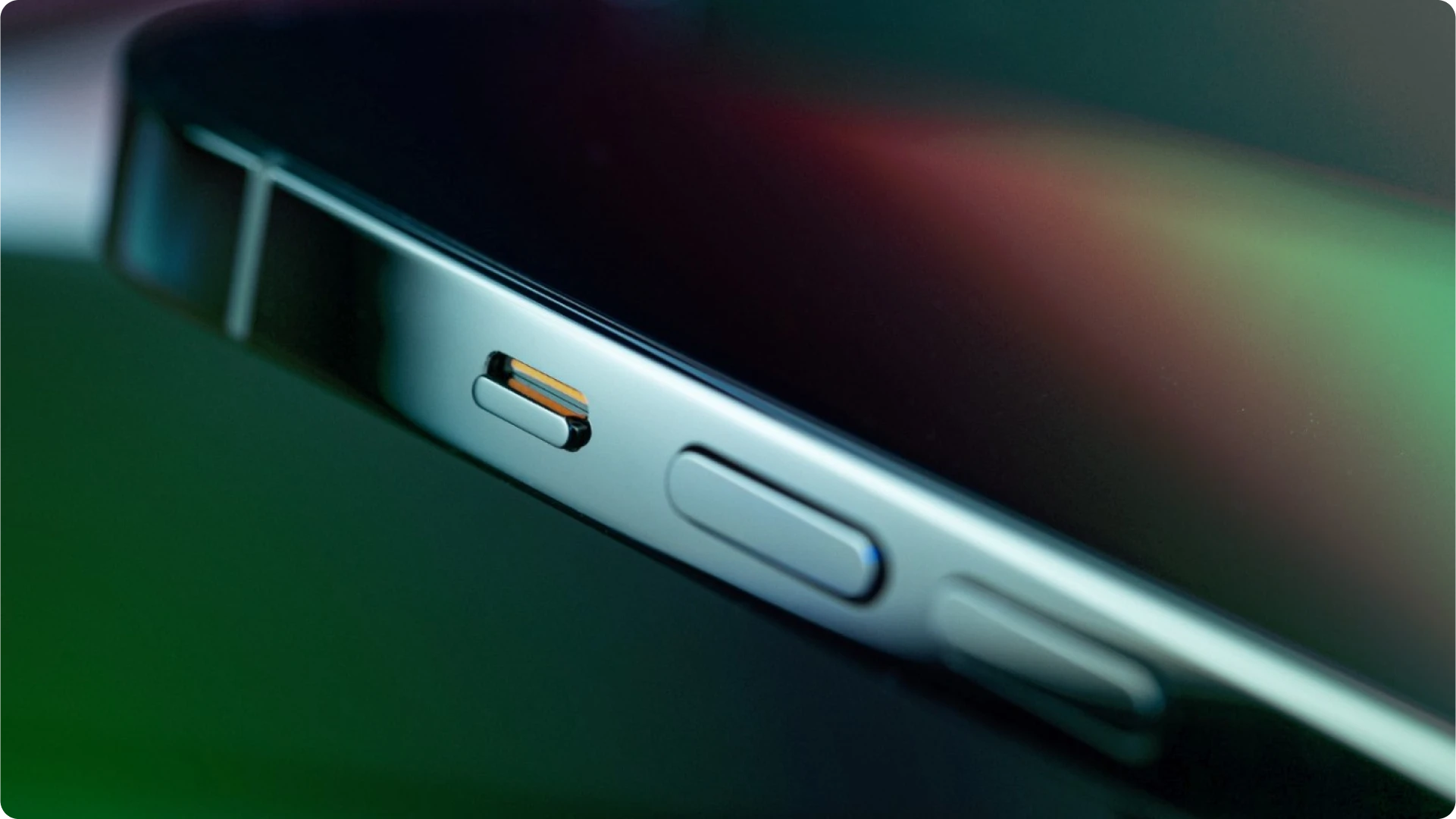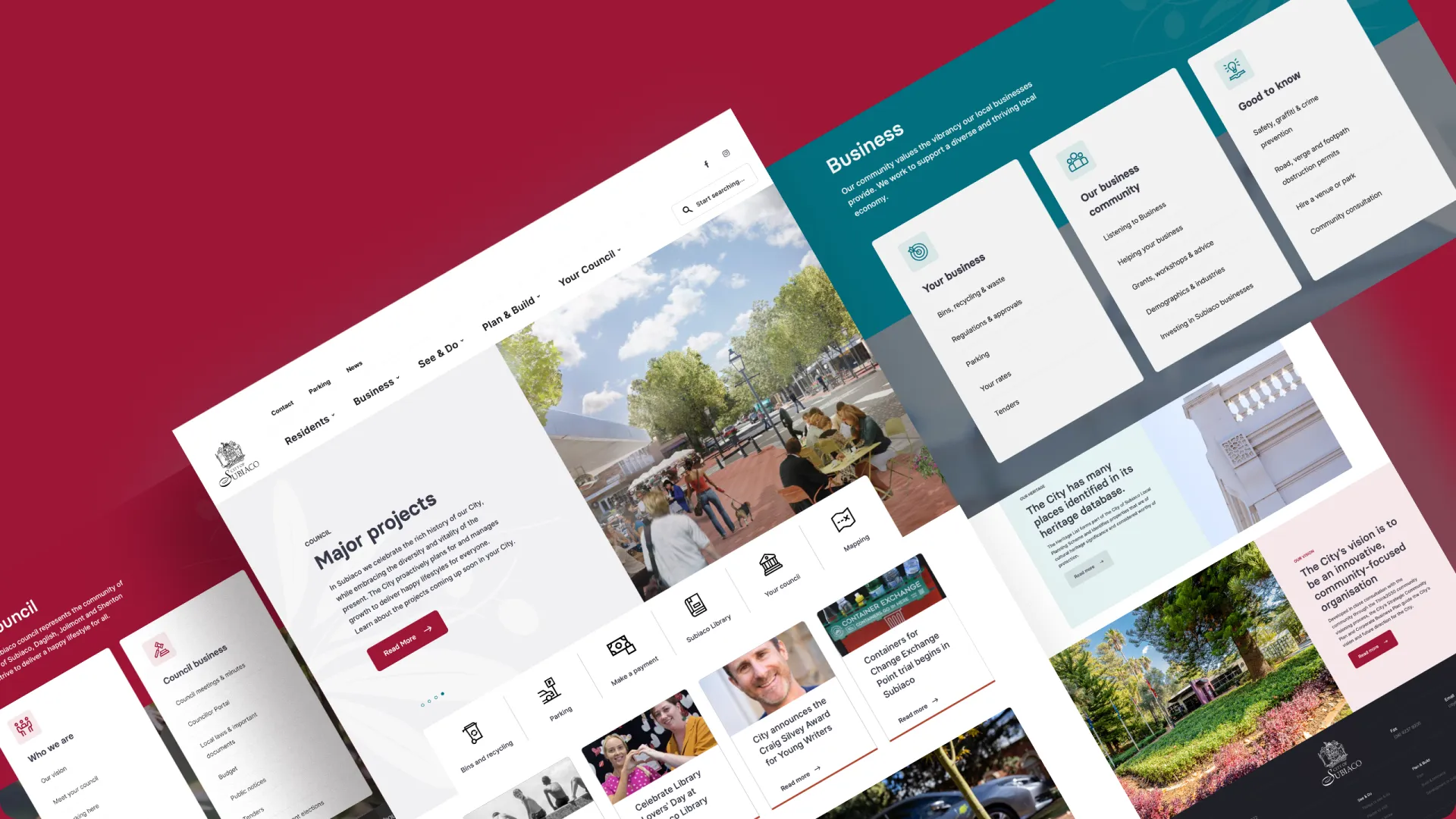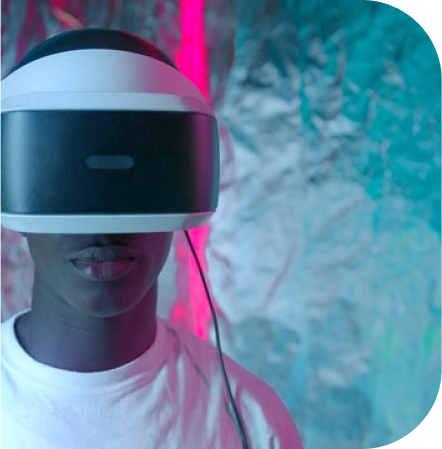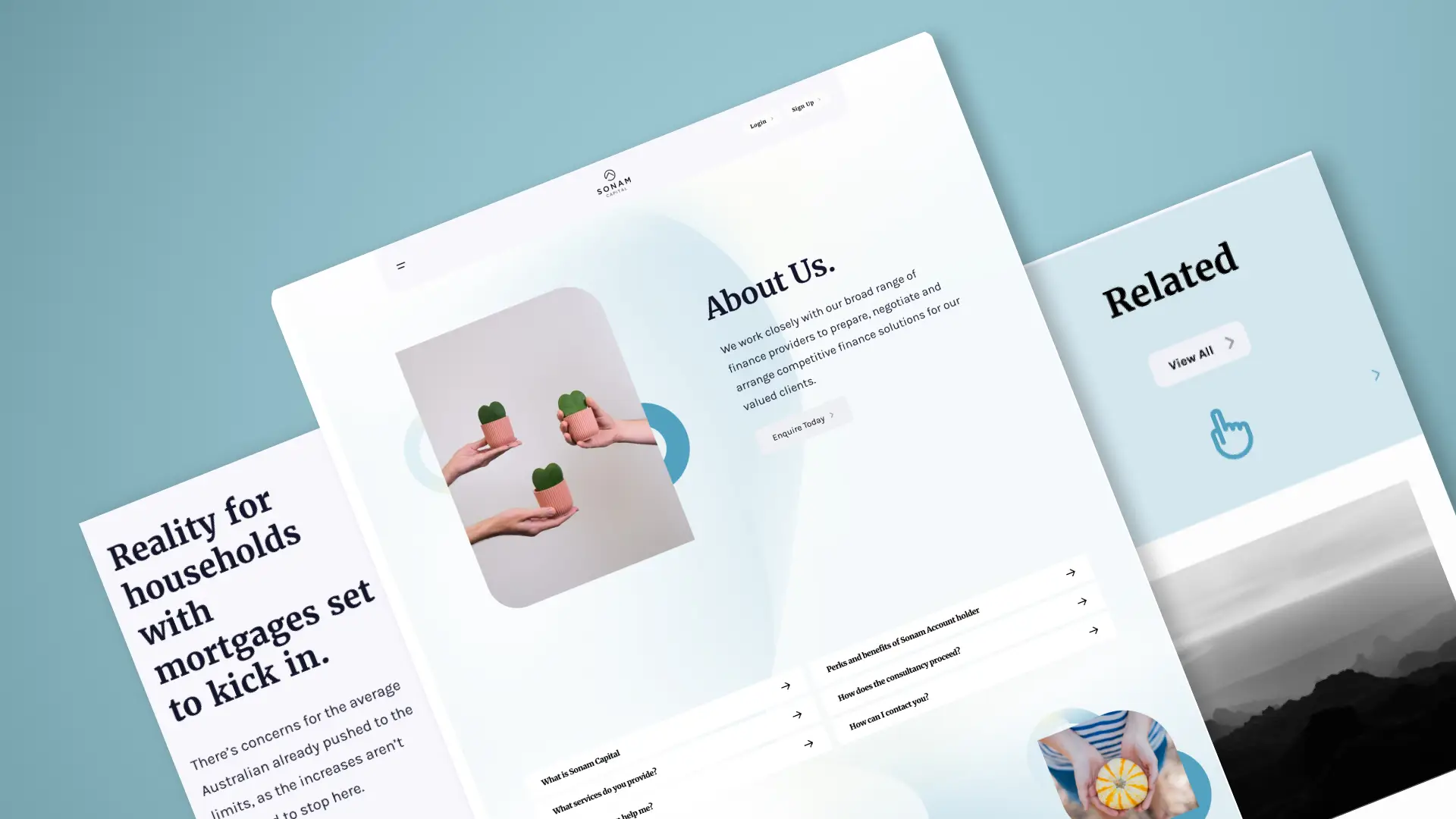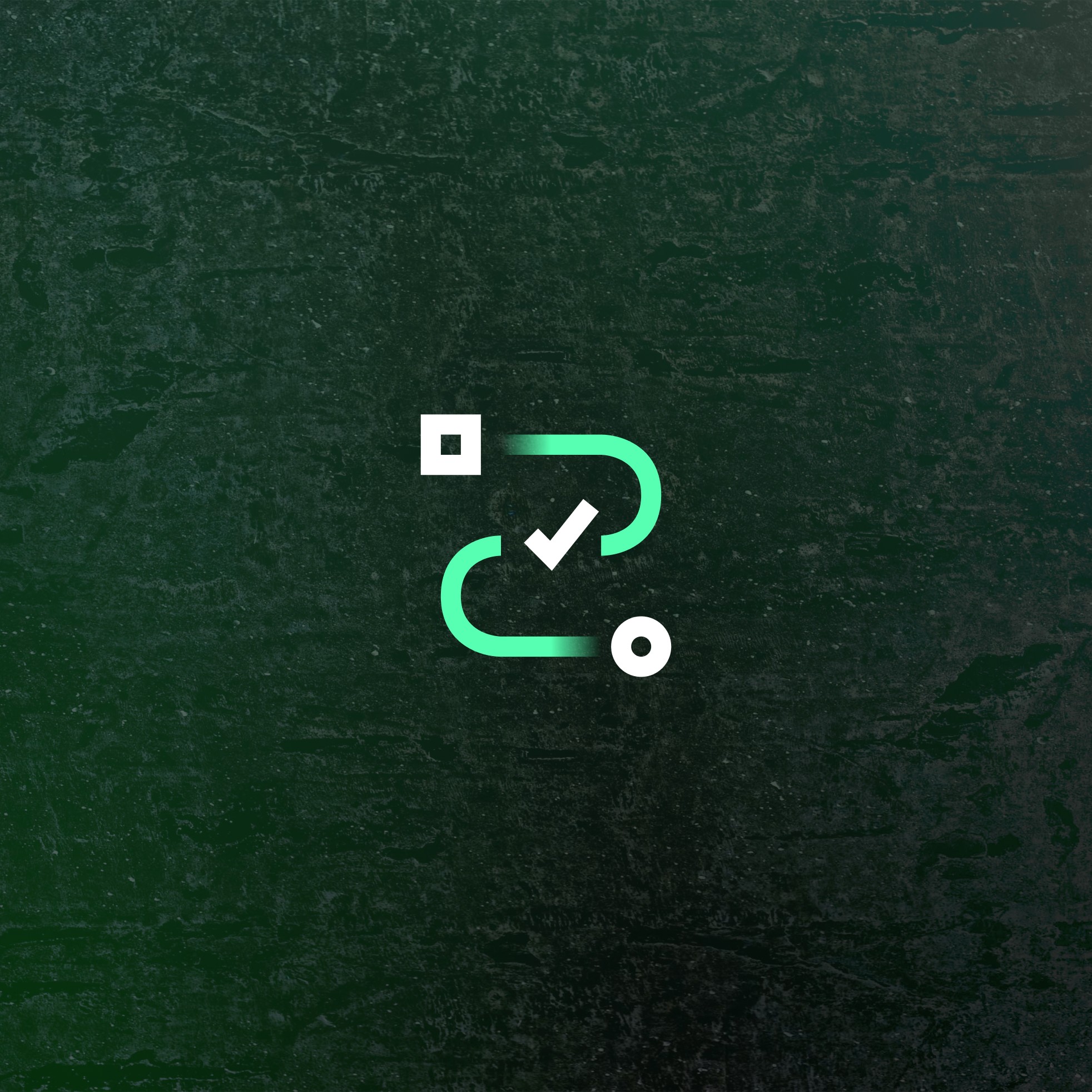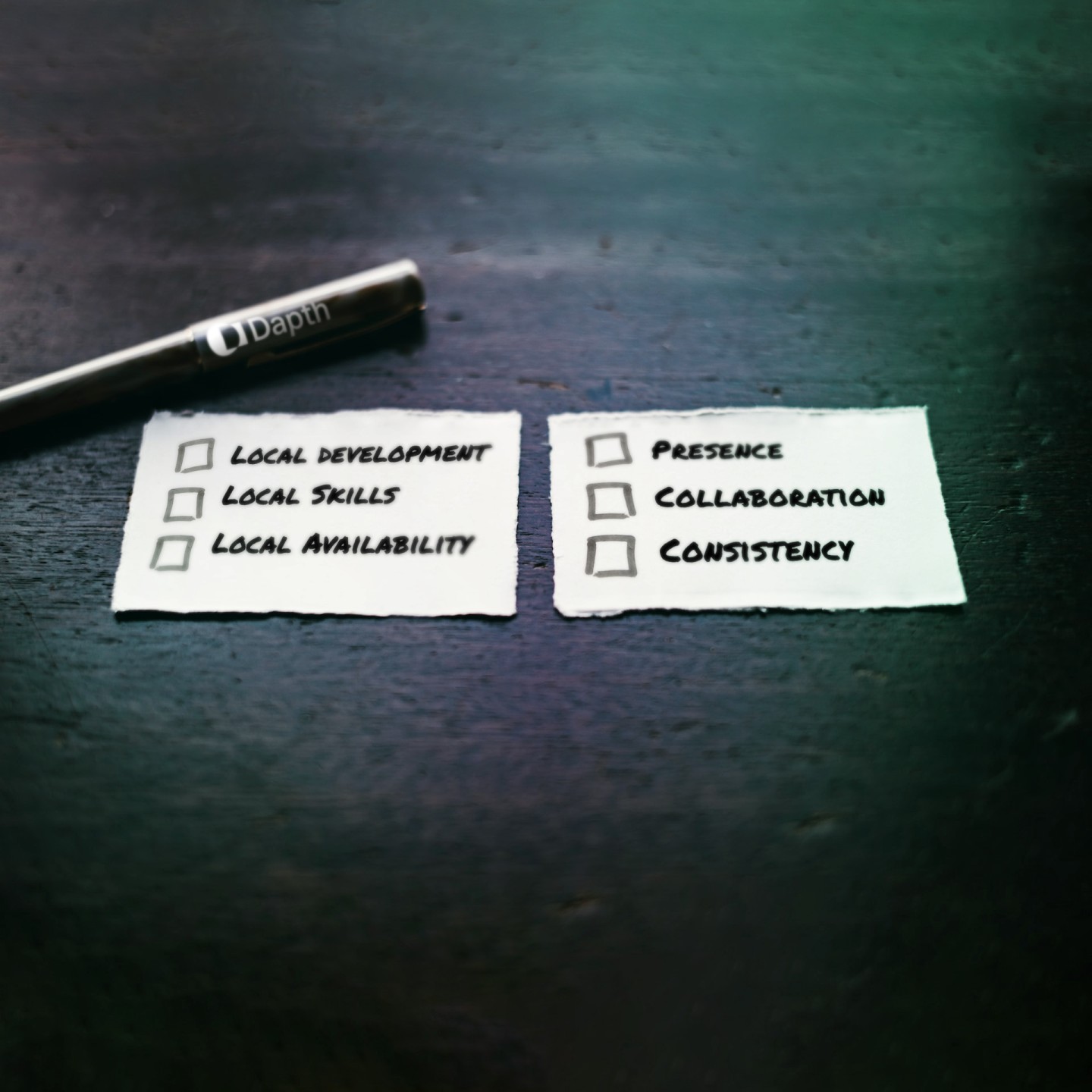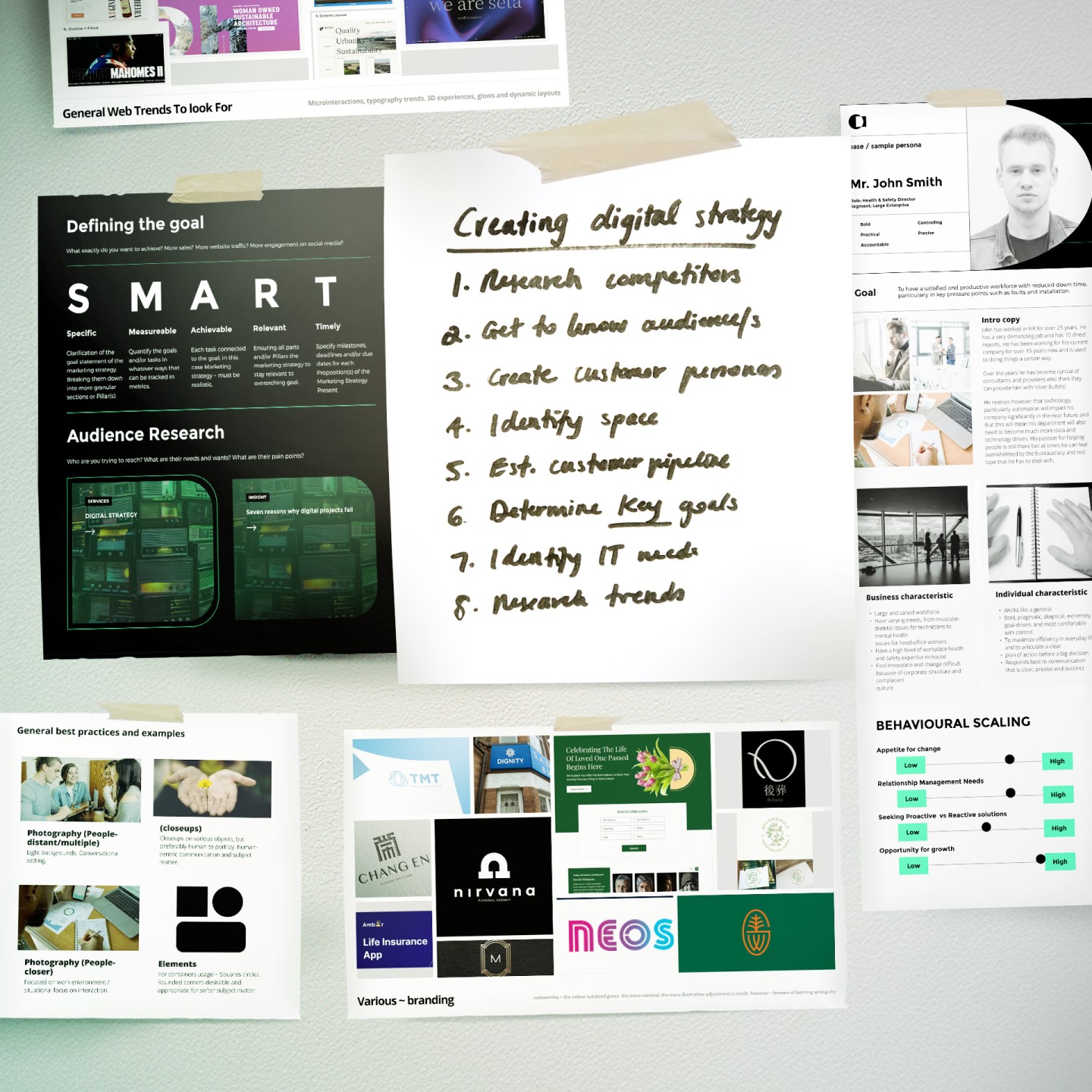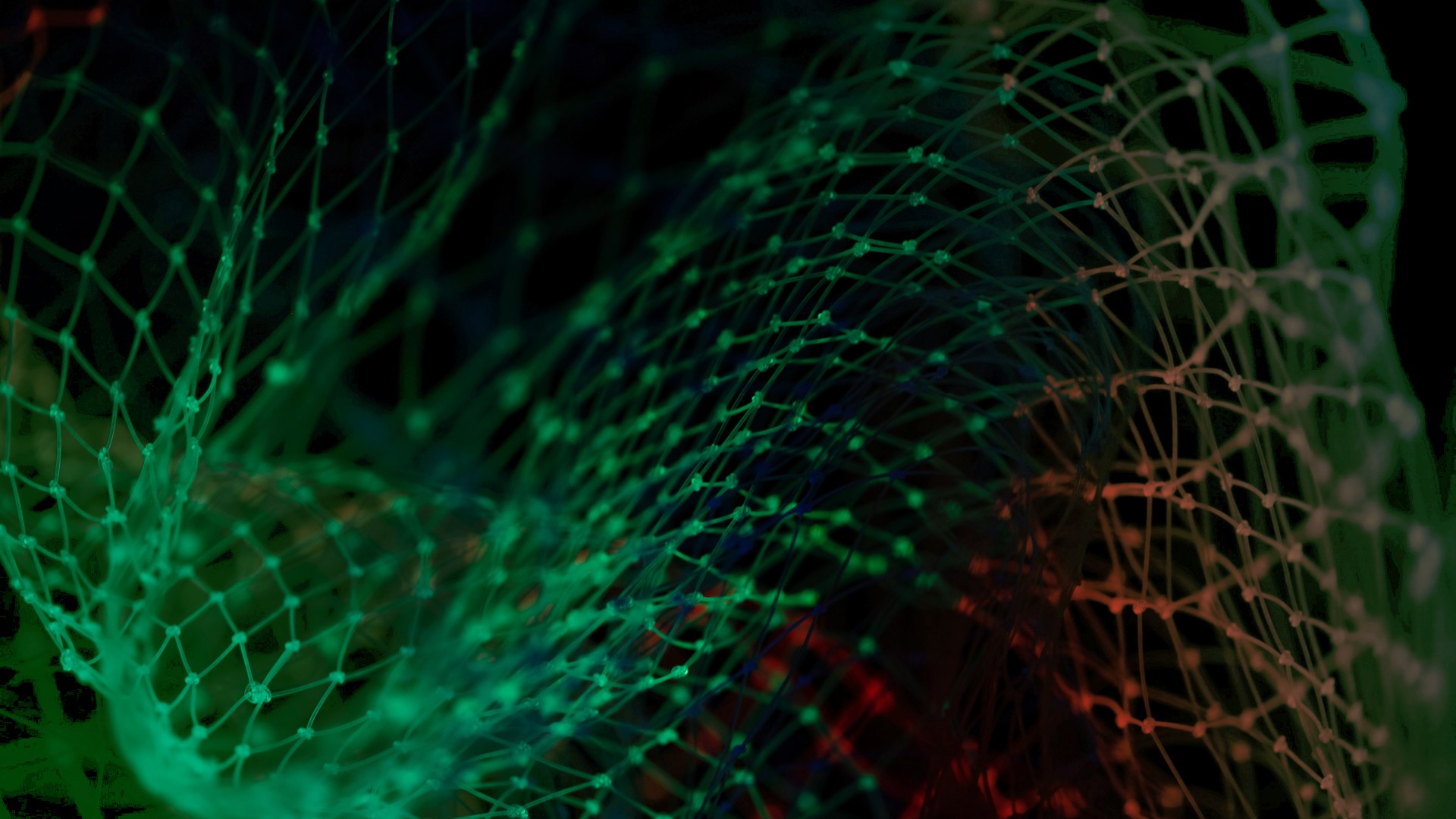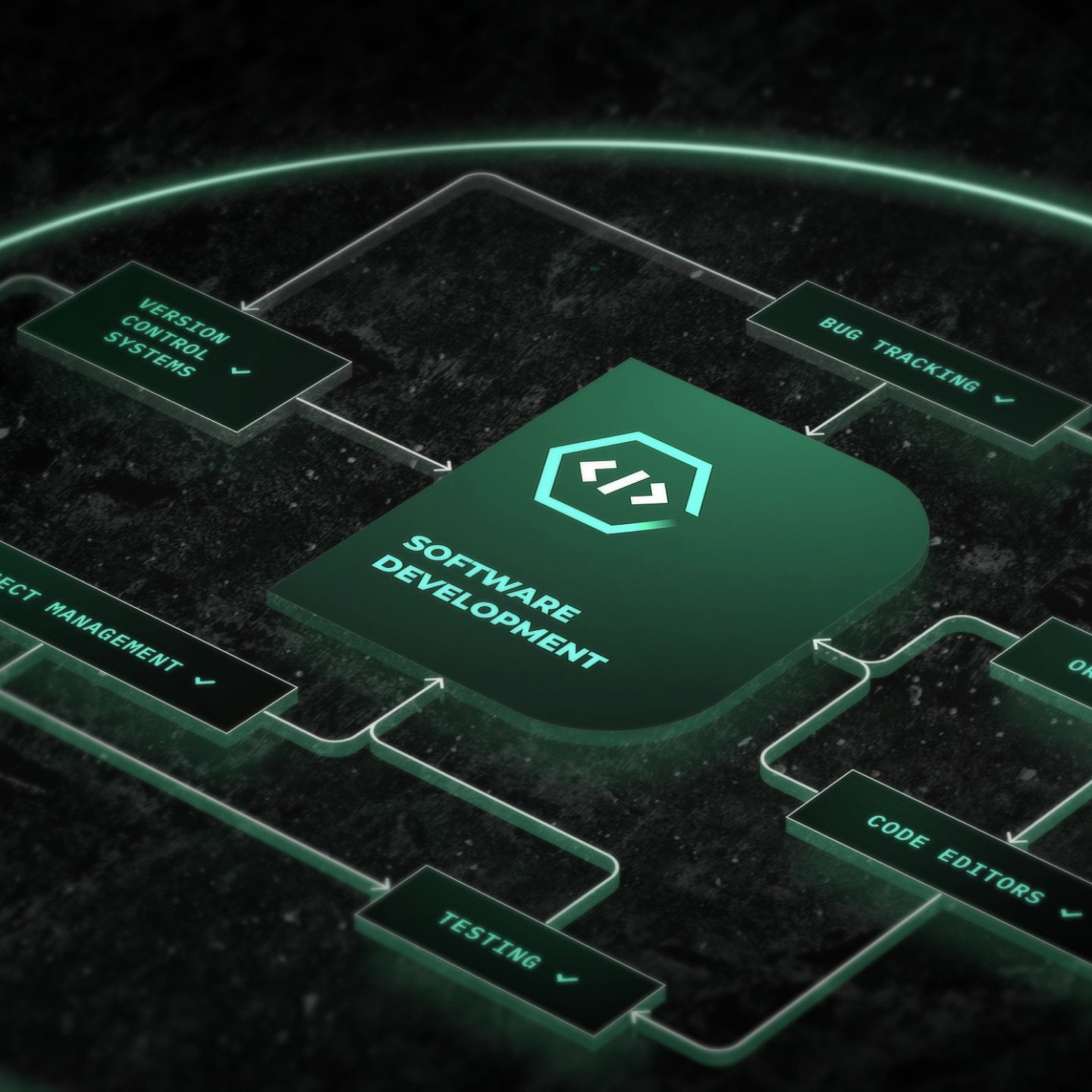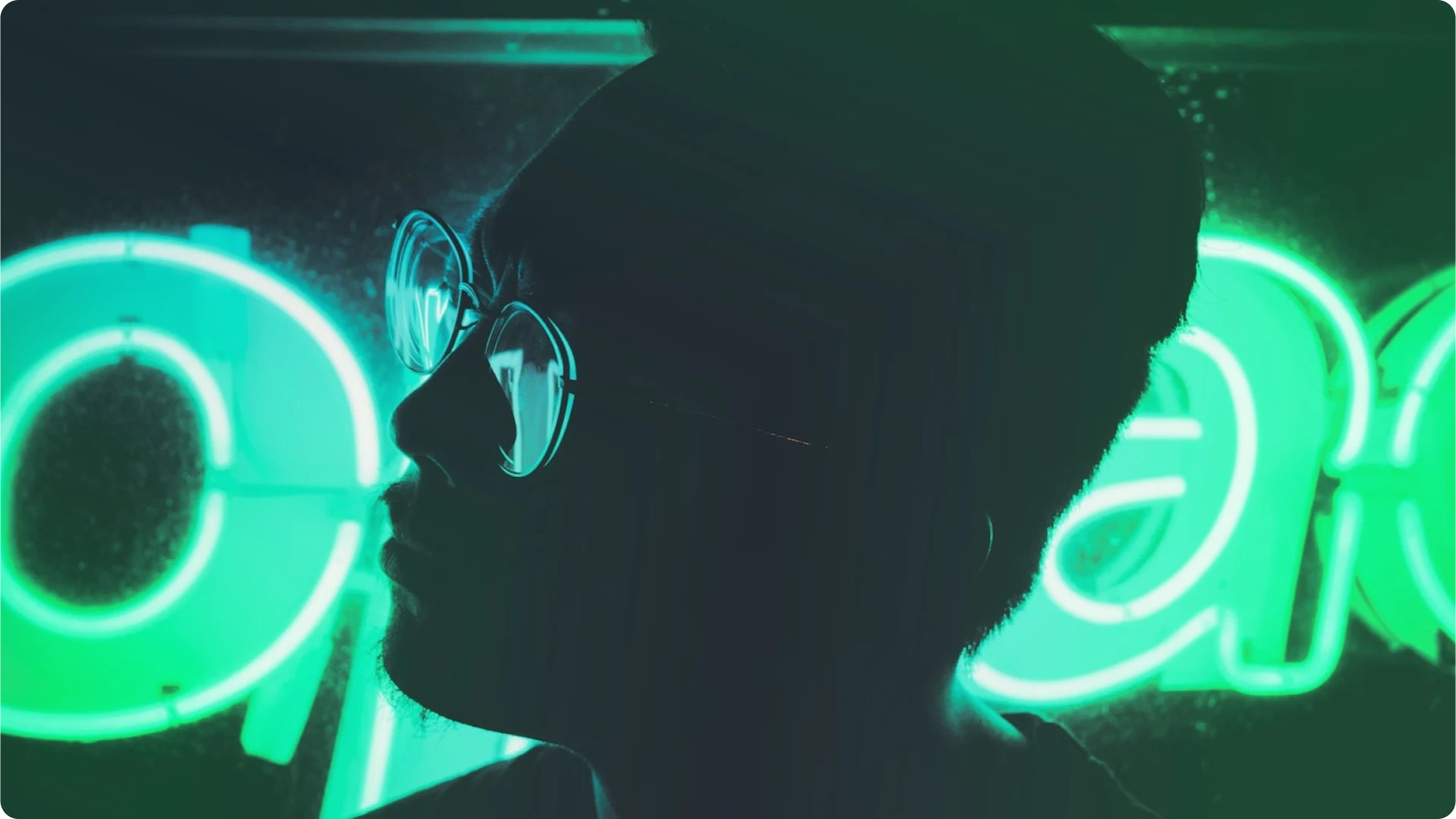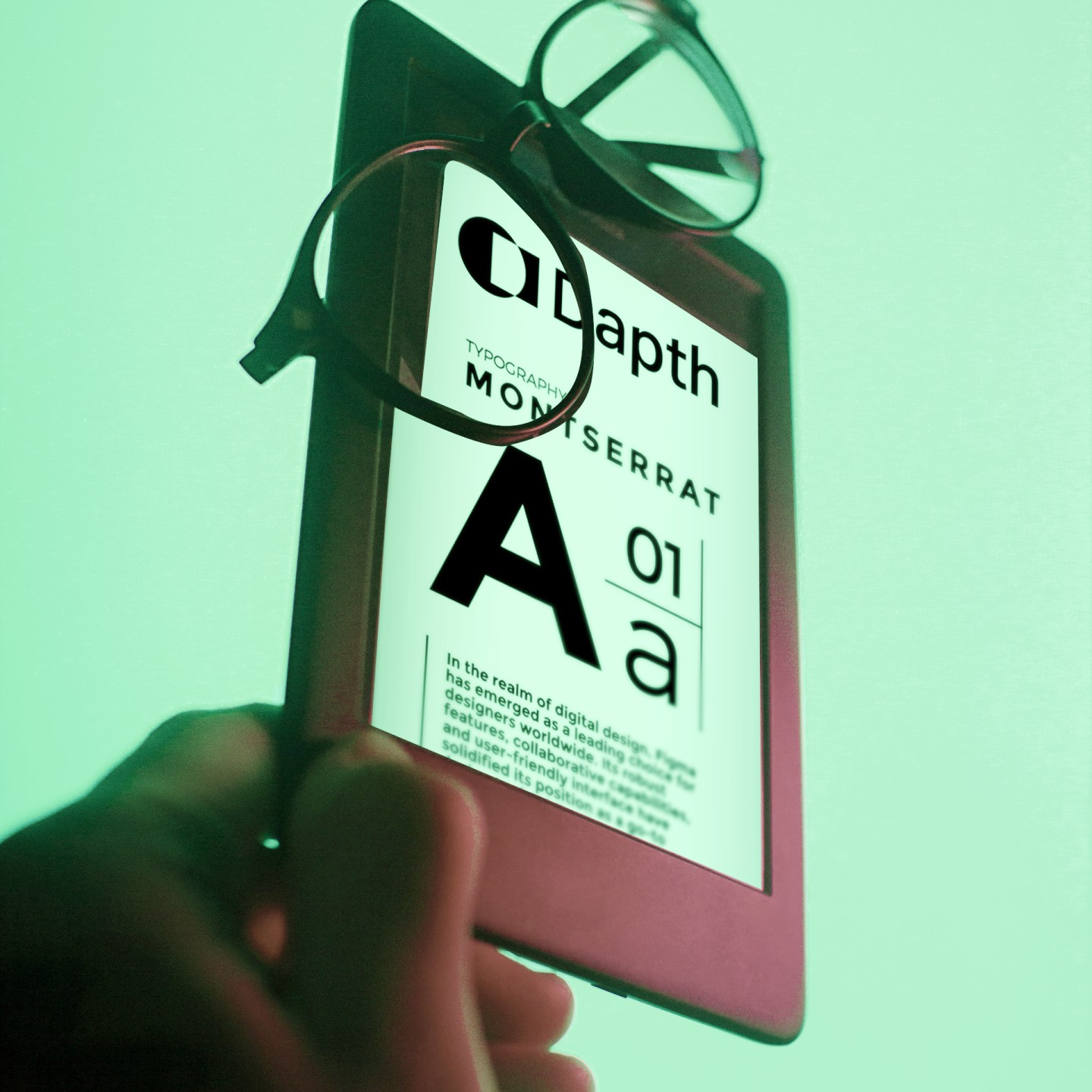
User Experience (UX) is a crucial design process.
It allows teams to create products offering meaningful, highly relevant experiences.
It is focused on building services or products that prioritise user needs; this process encompasses everything from branding and usability to functionality and includes all interactions that a user has with the product or service.

‘Make every interaction count, even the small ones. They are all relevant’
– Shep Hyke
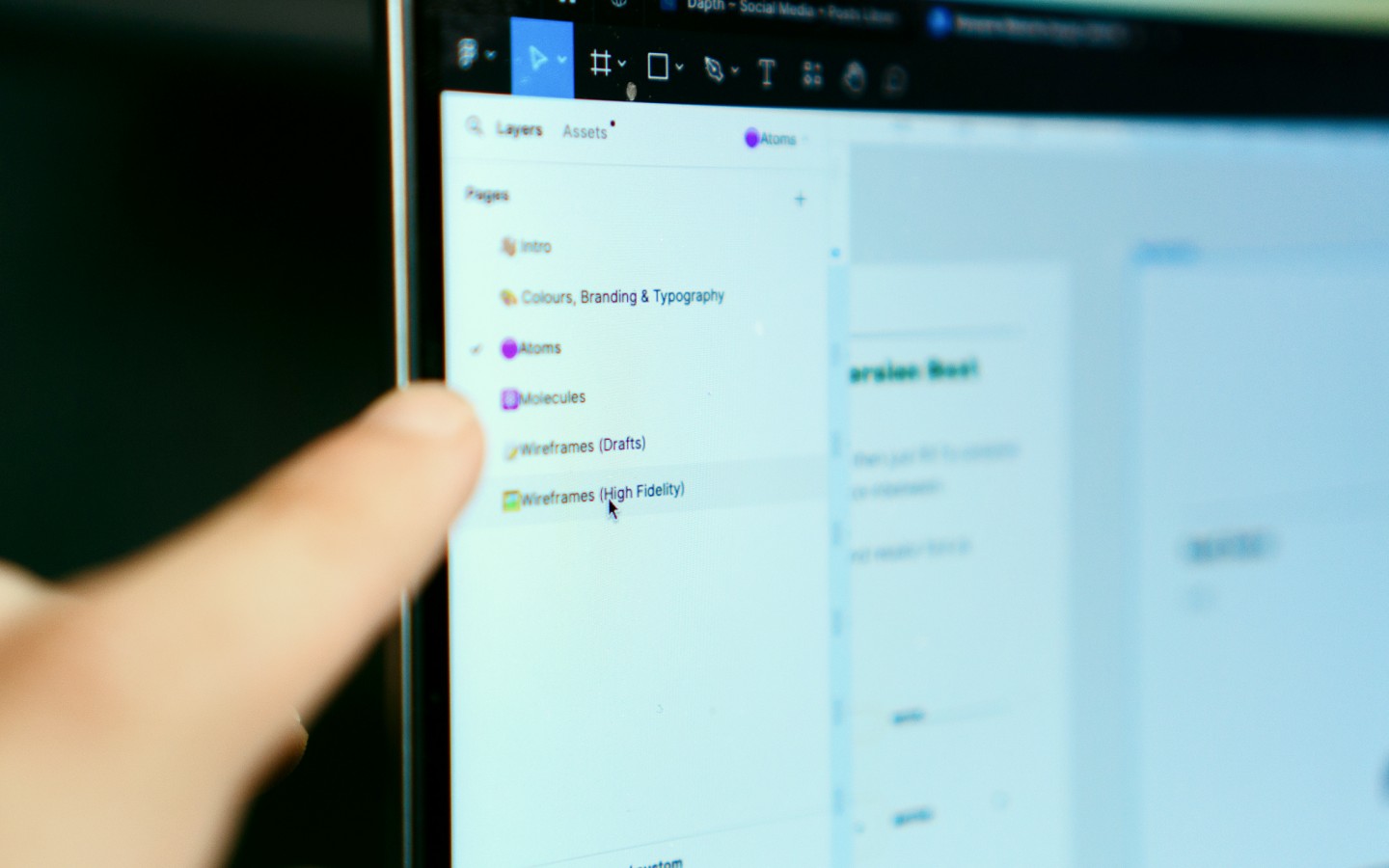
User Experience Definition
UX - meaning user experience - refers to the overall interaction and satisfaction a user derives from using a product, system, or service. It encompasses various elements from aesthetics to usability and accessibility.
UX design is user-centric design, and its process involves building products that are easy and enjoyable for individuals to use. This positive experience then encourages brand adoption, loyalty and retention.
It's important for user experience to be:
- Human
- Focused on user needs
- Findable
- Simple to use
- Contextual
To achieve this, UX is a continuous process involving constant improvement. Product teams and designers use data and usability testing to refine the product experience, making it easier for users as the product development continues.
The first step is user research, which involves identifying pain points, goals, blockers and user characteristics. This research informs the creation of detailed personas, which help designers make user-focused design decisions.
Once the research is completed, the designer creates a prototype and wireframe of the product - outlining how users will flow from one feature or element to the next and how the product will look visually.




The Evolution of Holistic UX and Design
When designing user experiences (UX), taking a holistic approach involves considering the larger picture of user interactions within their world and the interconnected factors that impact users’ perceptions and relationships with brands. product or service that fits or potentially fits into the larger consumer or user world is envisioned by the design team.
Examining alignment across the organisation, including the internal system of technology, mindsets, people, and processes that support the experience, is essential to ensure that people are involved at all levels of the design process. The holistic design considers factors such as the person, the device, the moment, the ethnographic environment, physical space, and behaviour and psychology.
Holistic UX design involves designing an end-user's journey with a product or service and the systems it interacts with. To apply holistic design principles, it's important to consider different facets of a product, stakeholder interests, and its environment.
Holistic design considers all aspects of a product, including stakeholders and the environment, from multiple perspectives. It's not just a task for the design department alone; it involves the entire company's processes. A holistic mindset that considers all aspects of the product is essential. This approach can lead to the evolution of these interconnected systems over time. Although it may seem avant-garde and ambitious, it demands the same creativity from a designer's imagination that can result in a robust, long-term investment.


Key Principles of UX Design
As a UX designer, it is crucial to identify the foundational principles governing UX design, such as usability, accessibility, desirability, and simplicity. It's critical to align design choices with user expectations and behaviour to create a good user experience.
Accessibility
Accessibility is a crucial aspect of UX design, and all UX designers are responsible for ensuring that their product or service is accessible and usable for as many people as possible. This includes catering to the needs of people with disabilities and understanding how different environments or situational factors might impact the user experience. For instance, designing for accessibility could involve using high colour contrast to make the text legible for users with visual impairments.
Usability
Usability refers to measuring how easy a product is to use. You cannot create a good user experience if your product is not usable - so usability is an essential UX design principle. Learnability, efficiency, memorability, errors, and satisfaction are all important factors to consider when designing for usability.
Usability is the last of the UX design principles, measuring how easy a product is to use. You can't create a good user experience if your product isn't usable, so usability is an essential UX design principle. Learnability, efficiency, memorability, errors, and satisfaction are all important factors to consider when designing for usability.
Usability over aesthetics
As a UX designer, you should prioritise usability over aesthetics. Incorporating usability testing into the design process can help you identify and fix usability issues, ensuring a user-friendly and efficient user experience.

The Intersection of UX and Design
This text will delve into the connection between UX and design and how effective design can enhance the overall user experience. We will discuss how aesthetics and functionality must harmonise to create a smooth user journey.
UX encompasses various aspects, and it's easy to get lost in endless design revisions. Therefore, it's crucial to clearly understand your goals before commencing the design process.
Good UX is a complex process that considers your business goals, the entire spectrum of potential audience segments, and the need for segmentation. It provides conversion opportunities and builds further rapport by delivering relevant information visitors didn't even know they needed to know.
When design and UX collaborate, your wireframes can delve deeper to ensure that the information a visitor expects to find on your website is present and easily understandable. While a beautifully designed website can attract visitors, it's essential to remember that users won't tolerate poor design. A UX-focused design ensures that your website is visually appealing and functional, making it more impactful.
User-Centric Approach
User-centric approach in UX design prioritises understanding the needs and expectations of the end-users. It involves gathering insights into users' behaviours, preferences, and pain points, and using that information to create a compelling user experience. Empathy is pivotal in this process, enabling designers to put themselves in the users' shoes and understand their perspective. User research is also crucial in creating user-centric designs, providing designers with valuable insights into user behaviour and preferences.
By conducting user research, designers can identify users' challenges and the features they need for a seamless experience. To create a design that resonates with the target audience, UX designers must deeply understand their users.
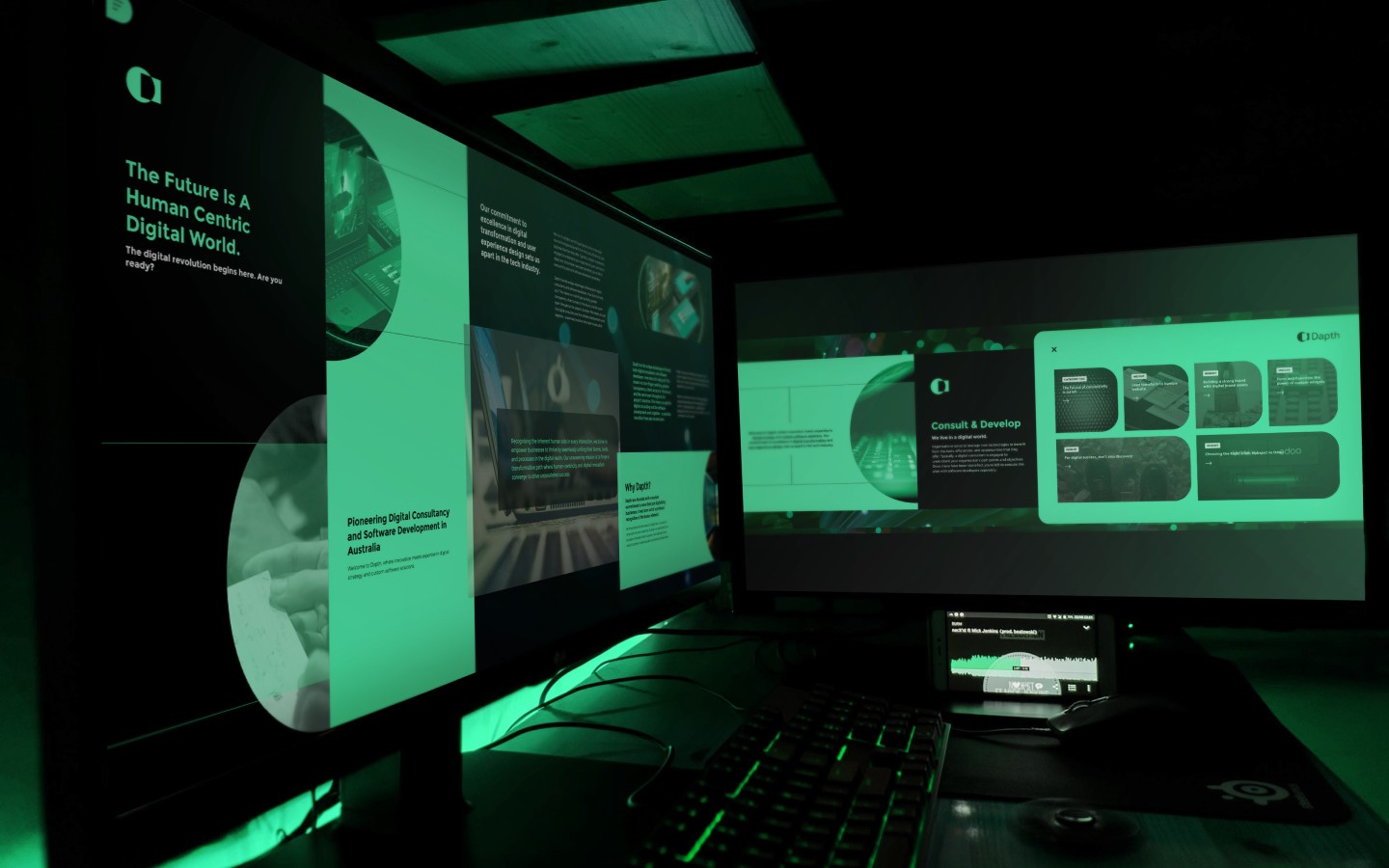
UX vs UI
User Experience (UX) is a crucial factor in the success of any product or technology. It refers to the overall journey of the user through an application or process. UX designers work on various aspects of the product to ensure that the user's experience is seamless and intuitive. They focus on the form and function of the product, from the initial concept to the final design, to create a product that meets the needs of the users.
On the other hand, User Interface (UI) designers focus on the visual and interactive elements of the product that determine how it looks and functions. They work on designing the tangible and visible aspects of the product, such as the layout, typography, icons, and buttons, to create a visually appealing and user-friendly interface.
Both UX and UI are crucial to the success of a product, as they work together to create a seamless and enjoyable user experience. A well-designed product that offers a great user experience can drive customer satisfaction, engagement, and loyalty.
Challenges and Adaptation
UX design is challenging due to its complexity and uncertainty. It is an ever-evolving field that requires constant adaptation to keep up with technological advancements and changing user expectations. Other issues include:
- Bridging the gap between design and development
- Lack of technical knowledge
- Knowledge gaps
- Time and budget constraints
To achieve good results within a limited time and budget, it is important to prioritise tasks. Another obstacle is understanding the scope of work, which can be tackled by communicating in advance to minimise confusion.
Future Trends in UX
Personalised experiences have become the norm for users. Netflix's custom show recommendations, Instagram's shopping suggestions, and pre-made playlists on Spotify all demonstrate the world of hyper-personalisation, and users now expect it. A UX designer should be able to focus even more on the user. The goal is not just to improve customer satisfaction anymore; it's to create a meaningful experience.
As technology advances, the UX industry must establish stronger boundaries and ethical approaches to create a more holistic encounter with users.
Users now expect personalised experiences in various digital platforms like Netflix, Instagram, and Spotify. This hyper-personalisation trend requires UX designers to better understand the user's needs and preferences. The goal is not just to improve customer satisfaction but to curate a meaningful experience. As technology advances, UX designers must establish stronger boundaries and ethical approaches to create a valuable encounter with users.
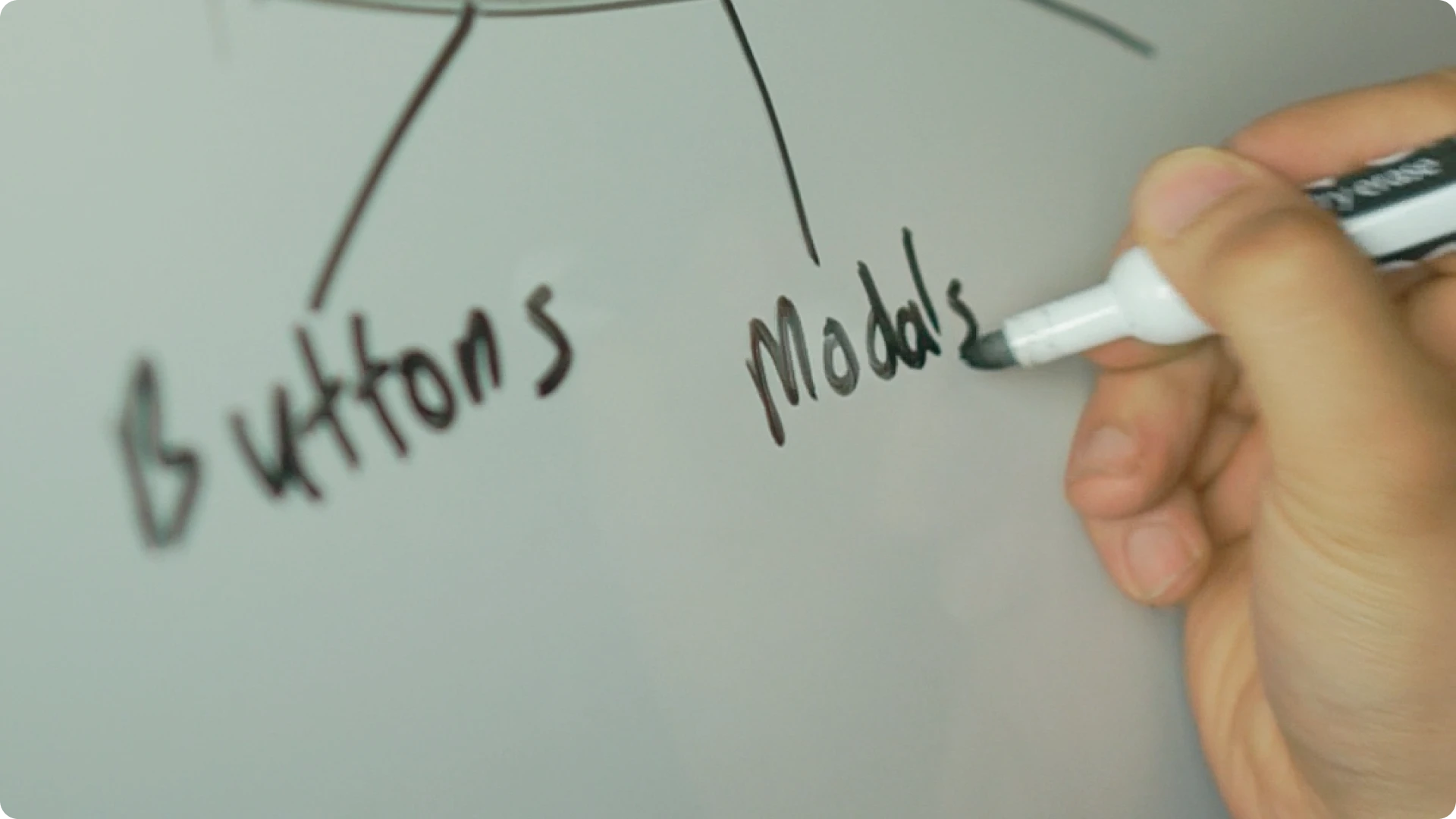
The Takeaway
User Experience (UX) design is a complex process that involves creating digital products and services that cater to the needs and expectations of users. The process involves a variety of disciplines, including research, strategy, information architecture, interaction design, visual design, and usability testing. The aim of UX design is to create products and services that are user-friendly, intuitive, enjoyable, and effective.
In today's digital landscape, where users have endless options, prioritising UX has become essential for businesses to succeed in the long run. Focusing on UX not only helps in retaining existing users but also in attracting new ones. When a product or service is well-designed, it creates a positive impression on users, which increases engagement, loyalty, and advocacy. In contrast, a poorly designed product or service can result in negative feedback, low user retention, and loss of business. Therefore, UX design is critical in shaping the success and growth of digital products and services.
Frequently Asked Questions
User experience (UX) encompasses the overall experience a person has when interacting with a product or service, focusing on aspects like usability, accessibility, and satisfaction.
User Interface (UI) primarily deals with the visual elements and design of a product, while UX covers the entire user journey, including interactions, emotions, and perceptions.
UX, or user experience, refers to the holistic experience users have when interacting with a product, system, or service.
The role of a UX designer involves researching user needs, designing interfaces, and optimising interactions to create seamless and satisfying experiences for users.
UX design and coding are distinct skill sets, each with its own challenges. While UX design revolves around understanding user behaviours and preferences, coding requires technical proficiency in programming languages. Both can present challenges, depending on the individual's skills and experience.
The definition of 'User Experience' (UX) refers to the overall interaction and satisfaction a user has when using a product, system, or service. It encompasses elements like usability, accessibility, aesthetics and functionality. The goal of UX design is to create products that are easy and enjoyable to use, focusing on the needs and preferences of the user.

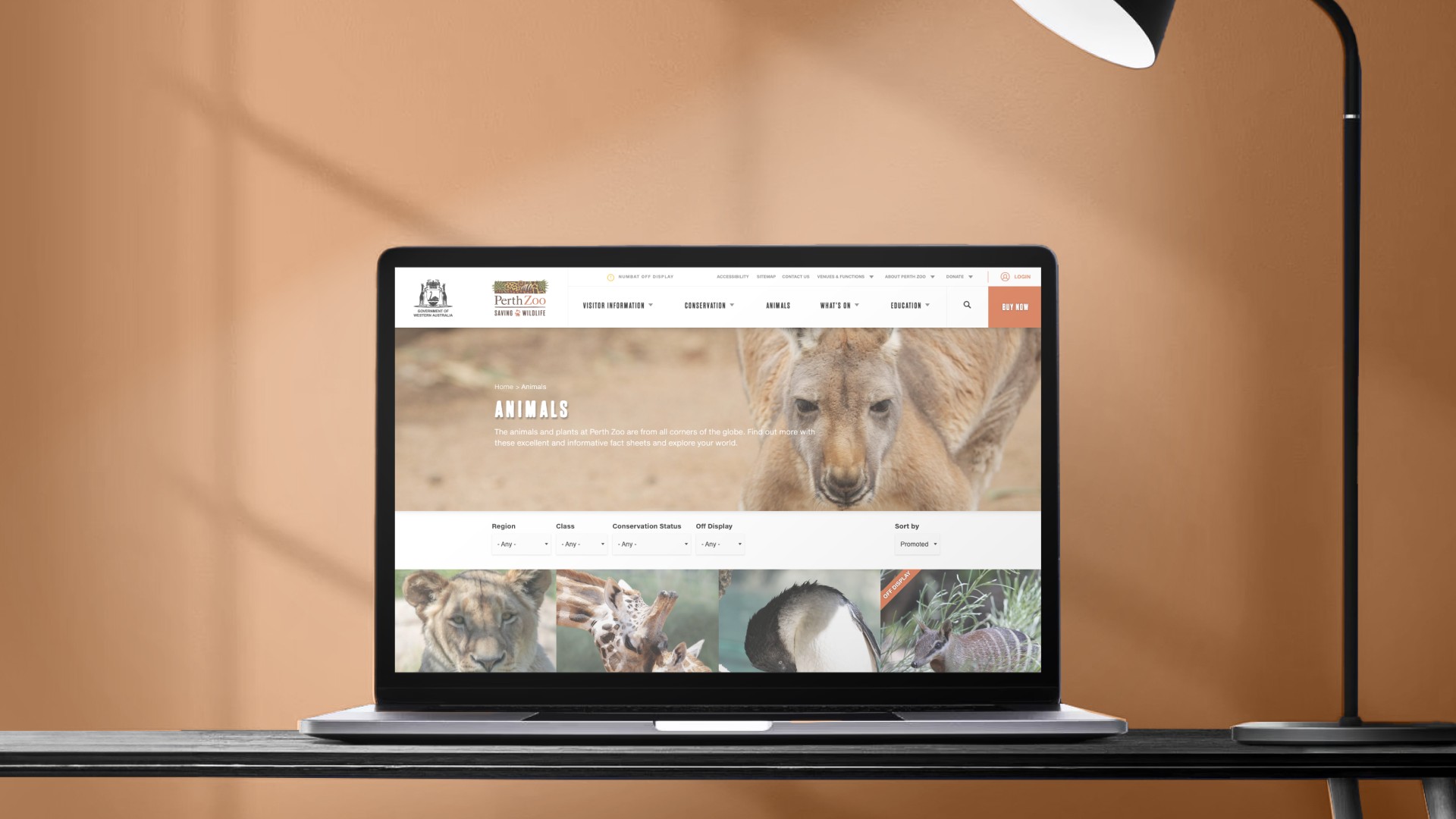

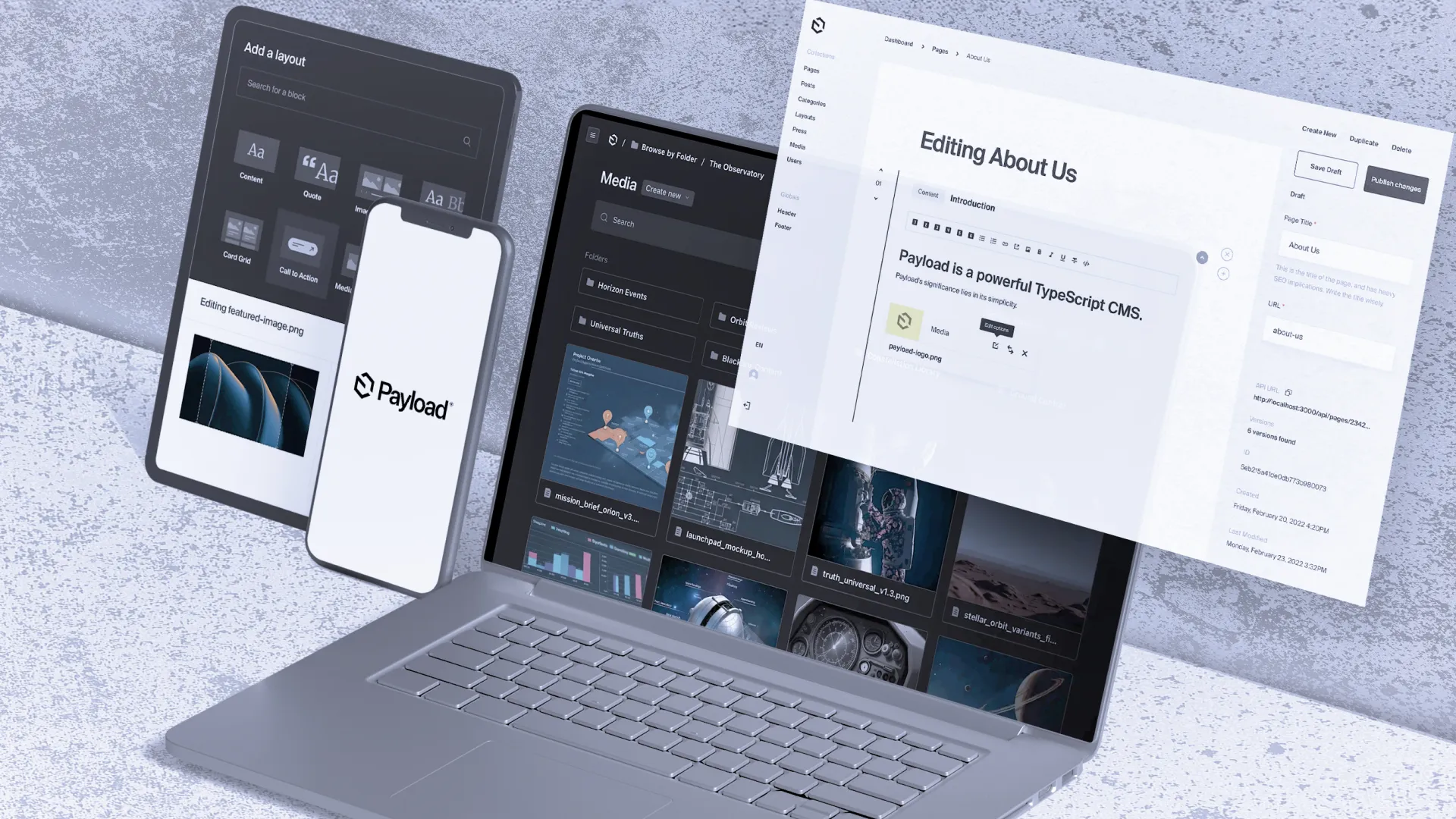

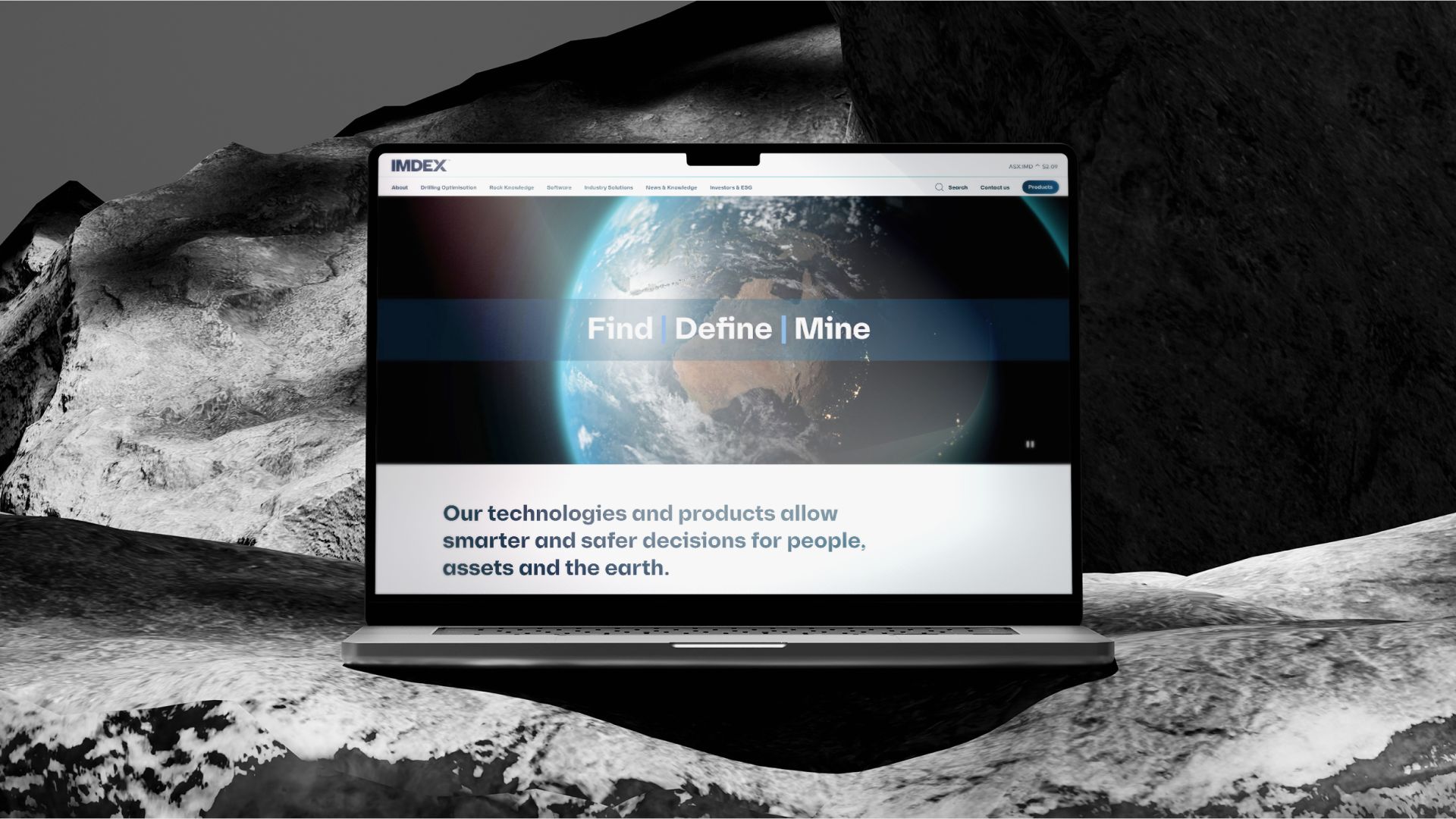
_web.webp)
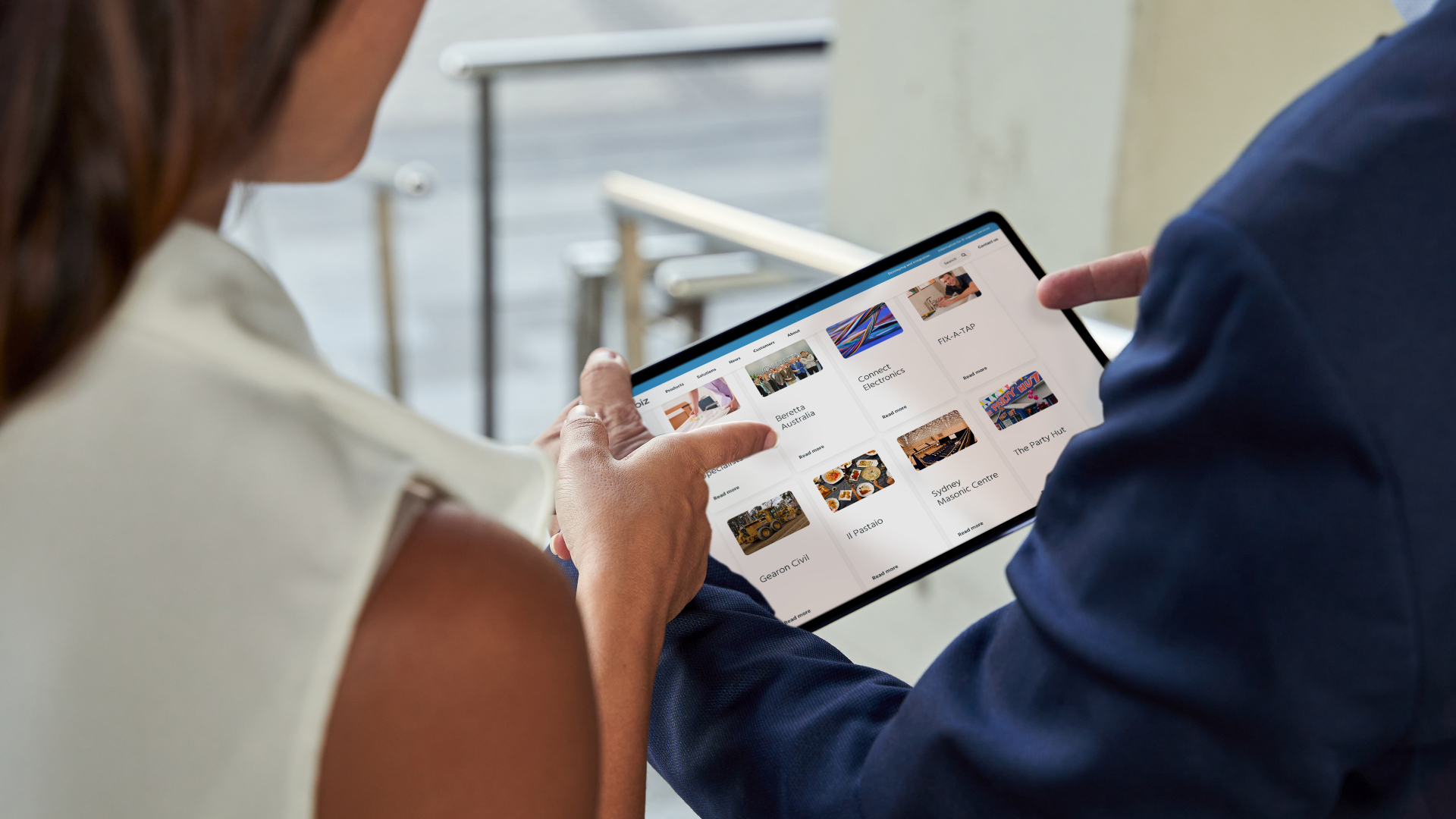
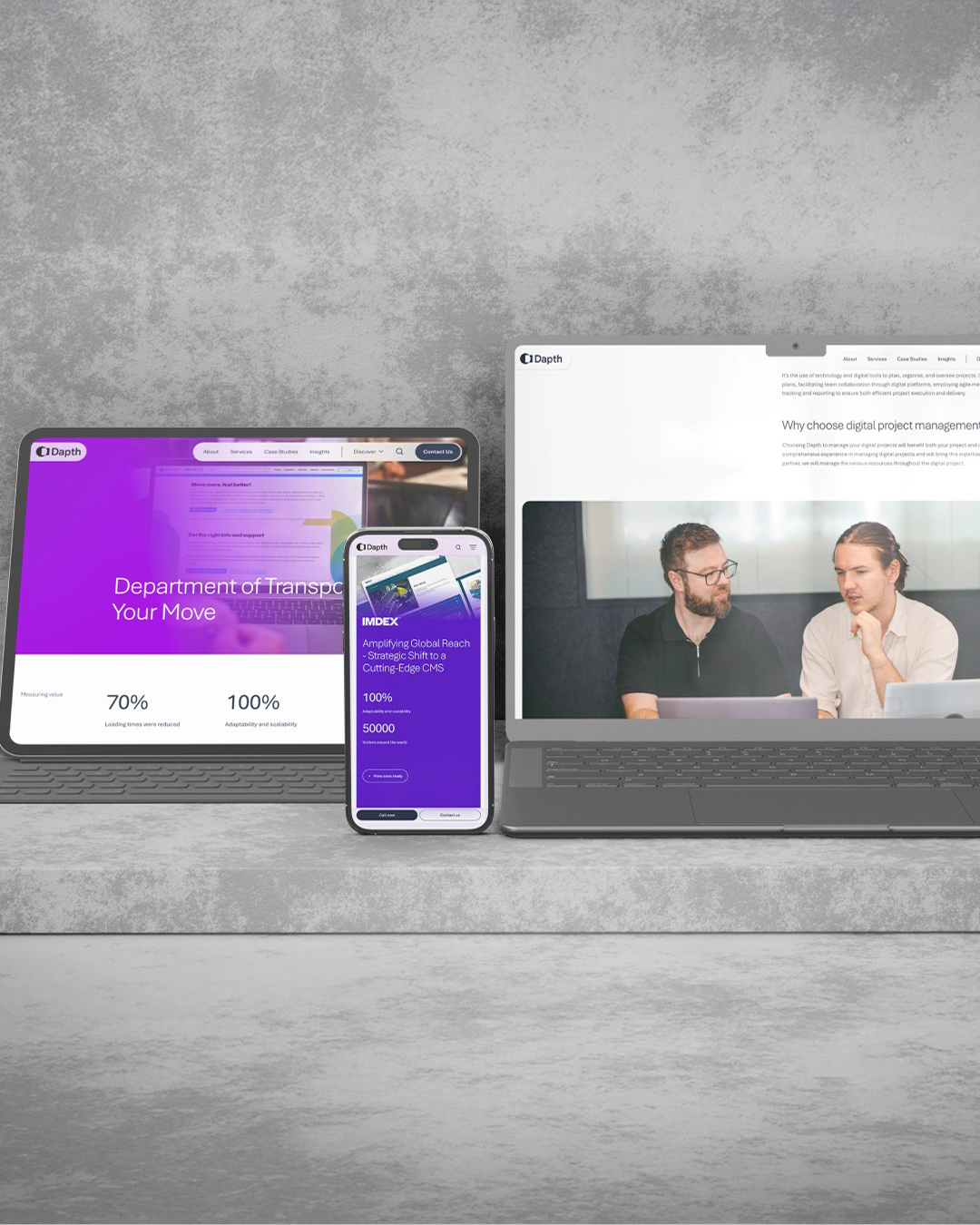



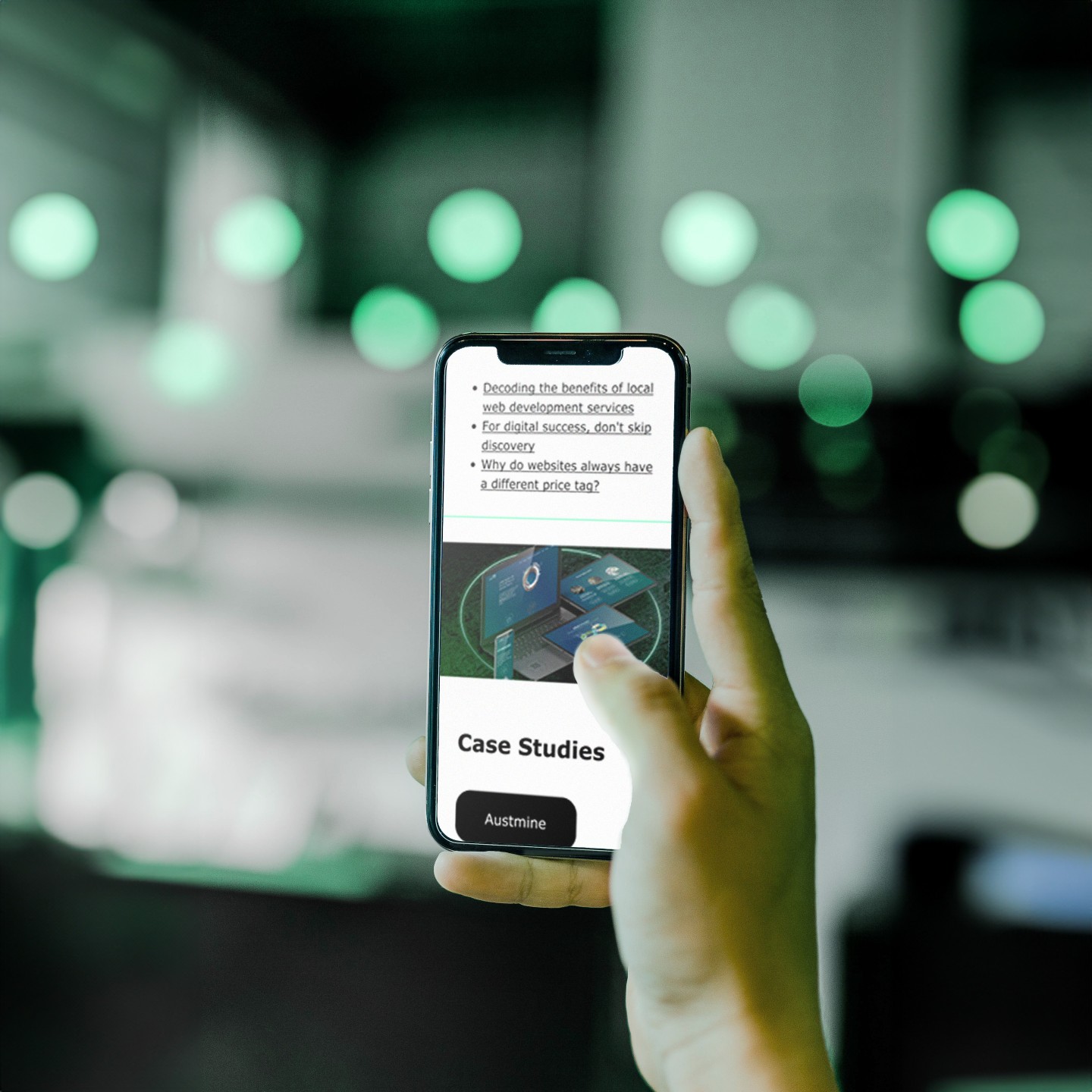



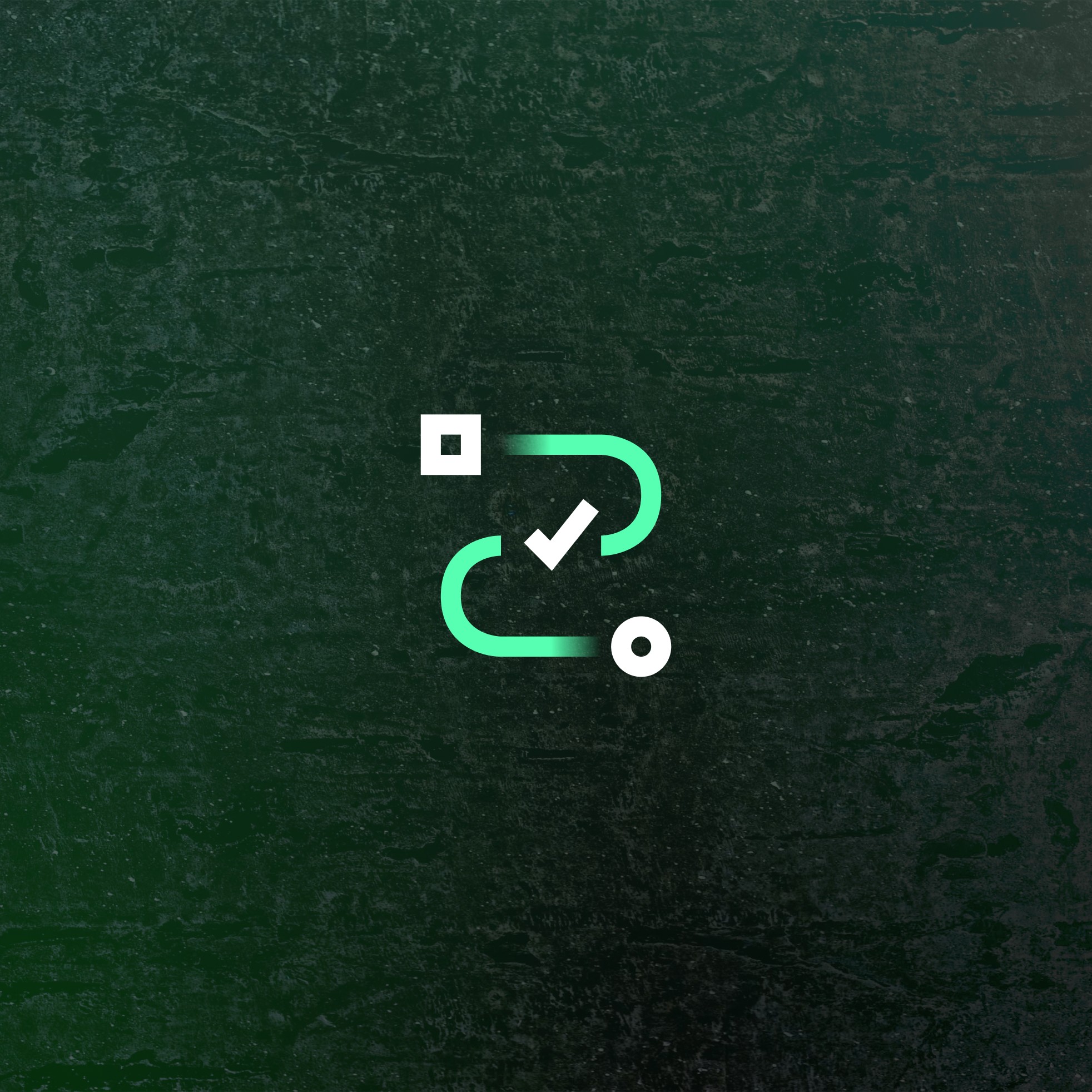


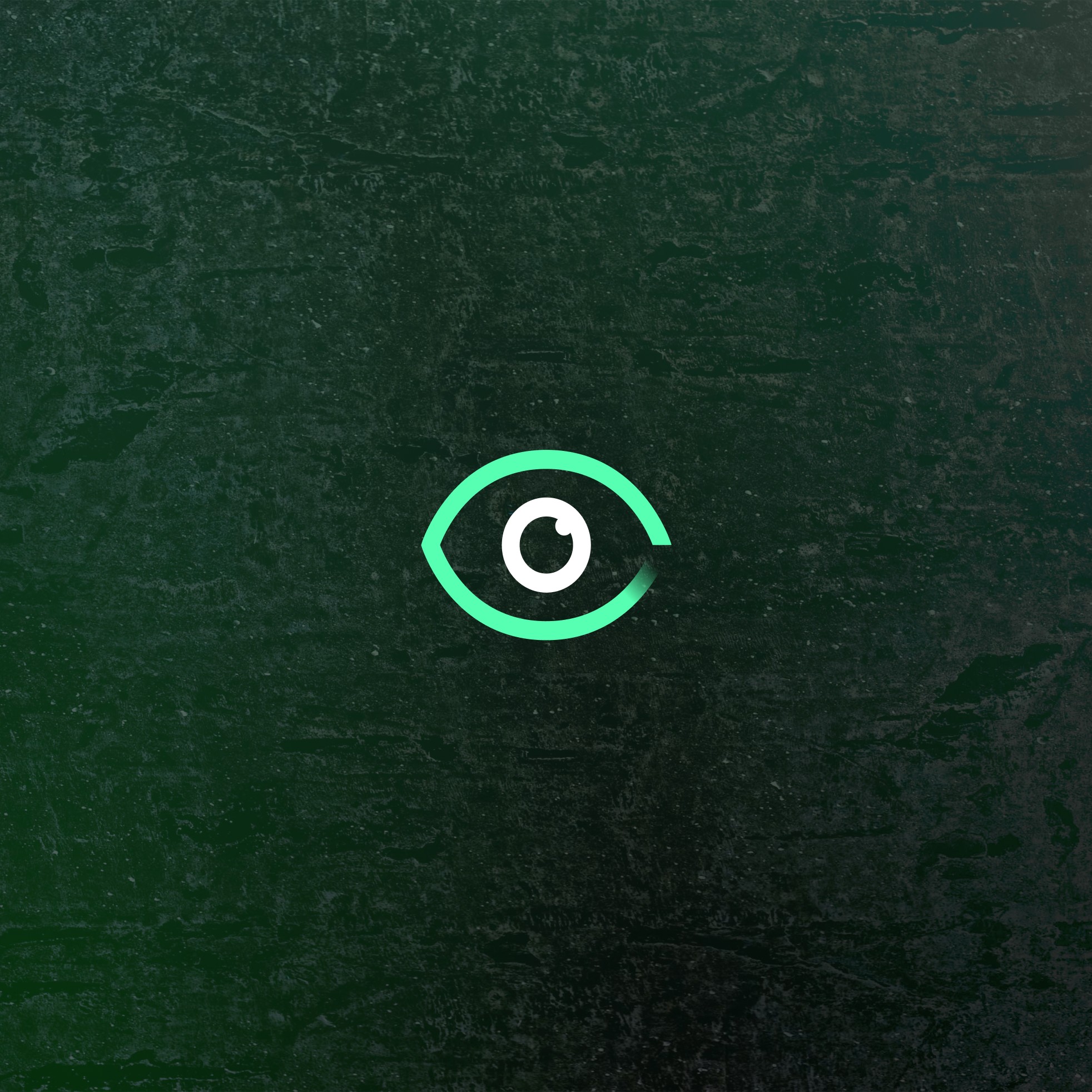



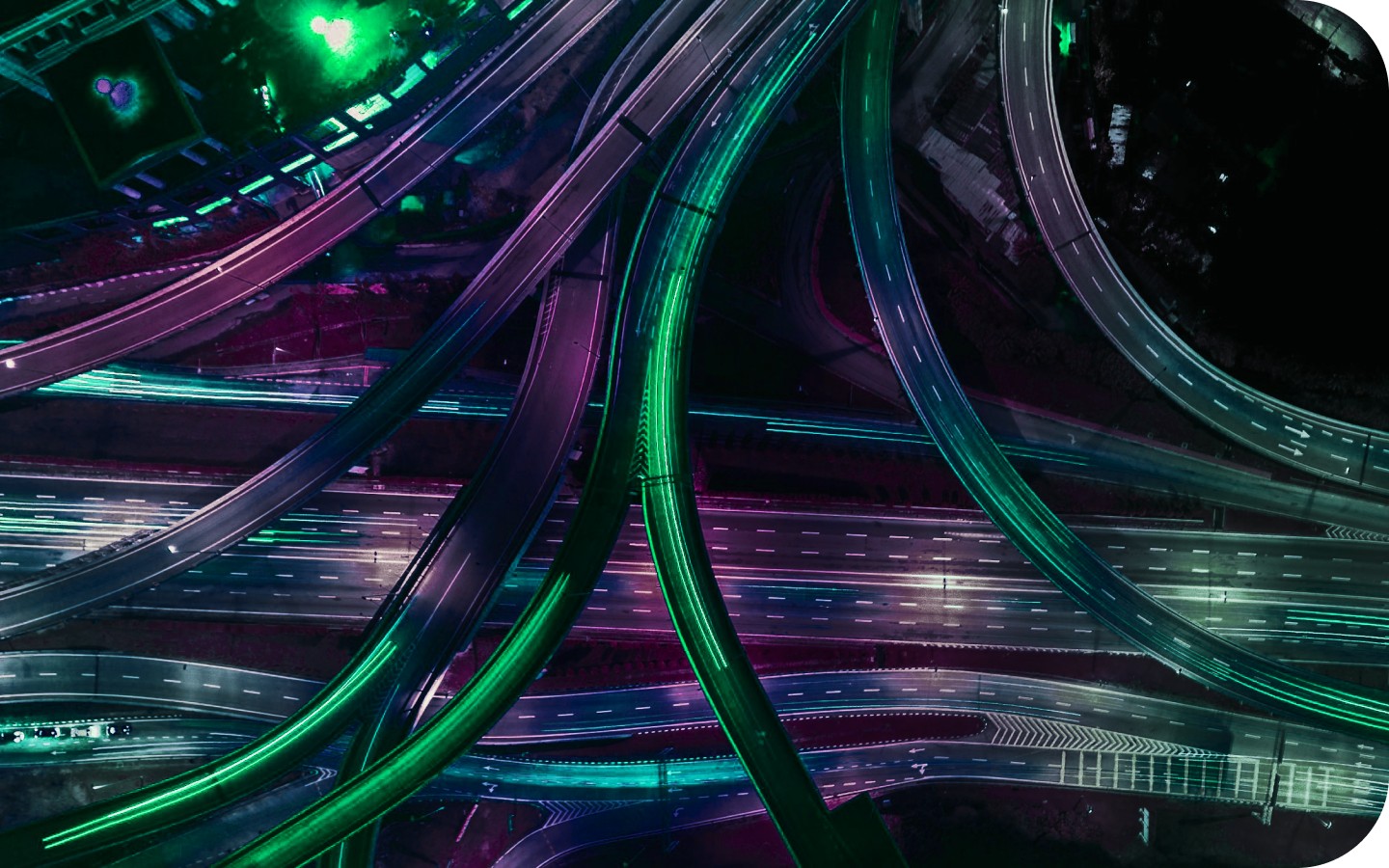

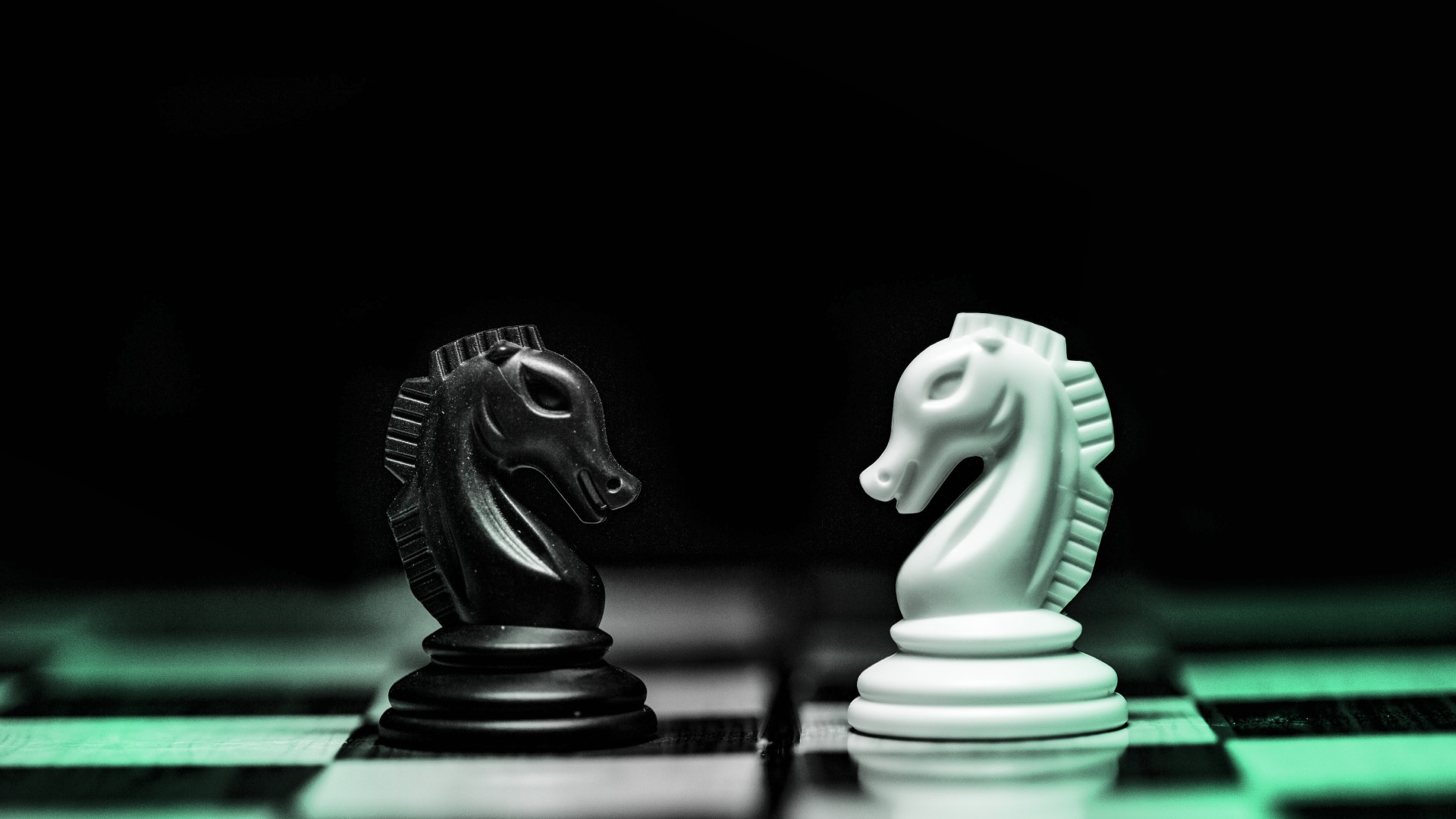






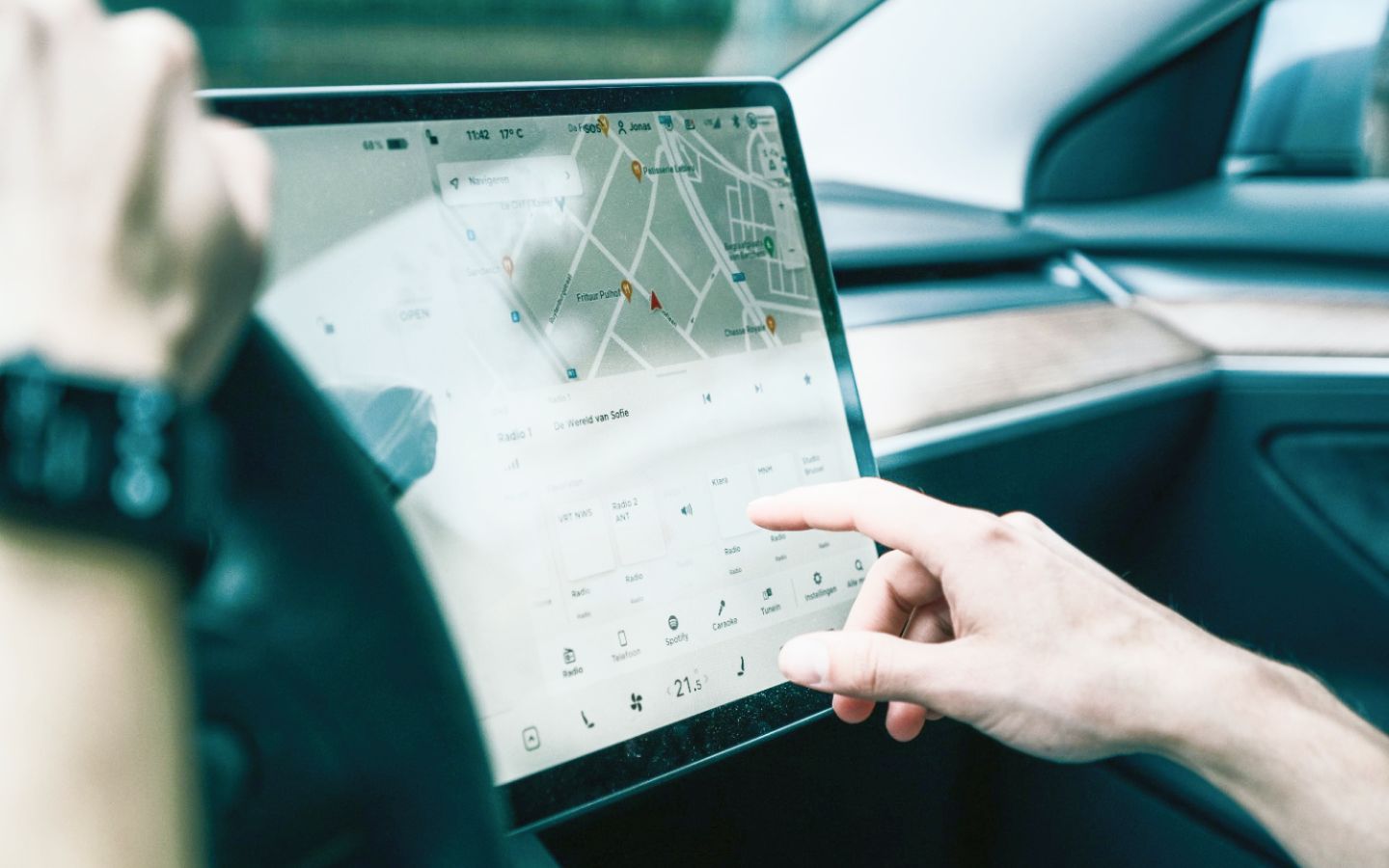


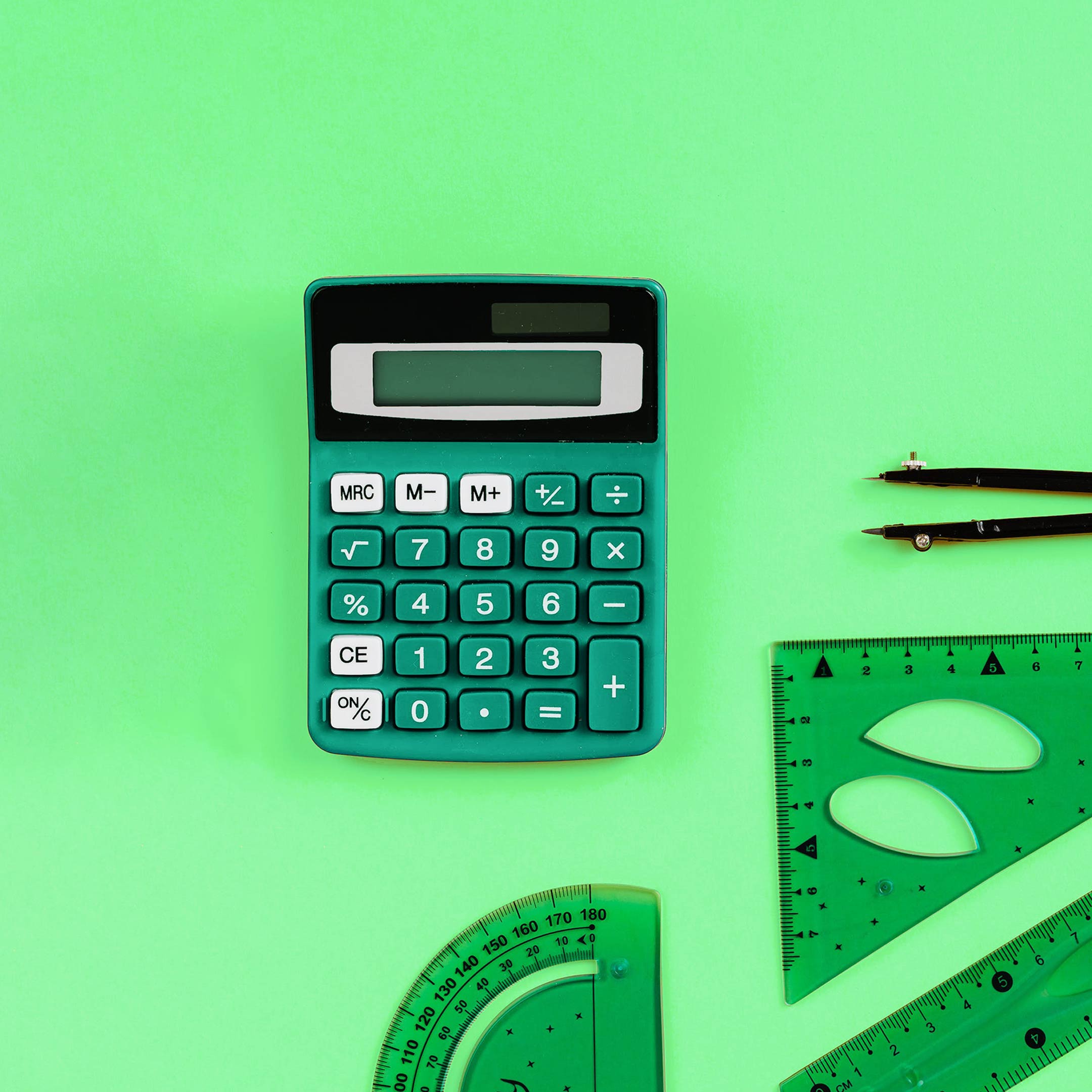

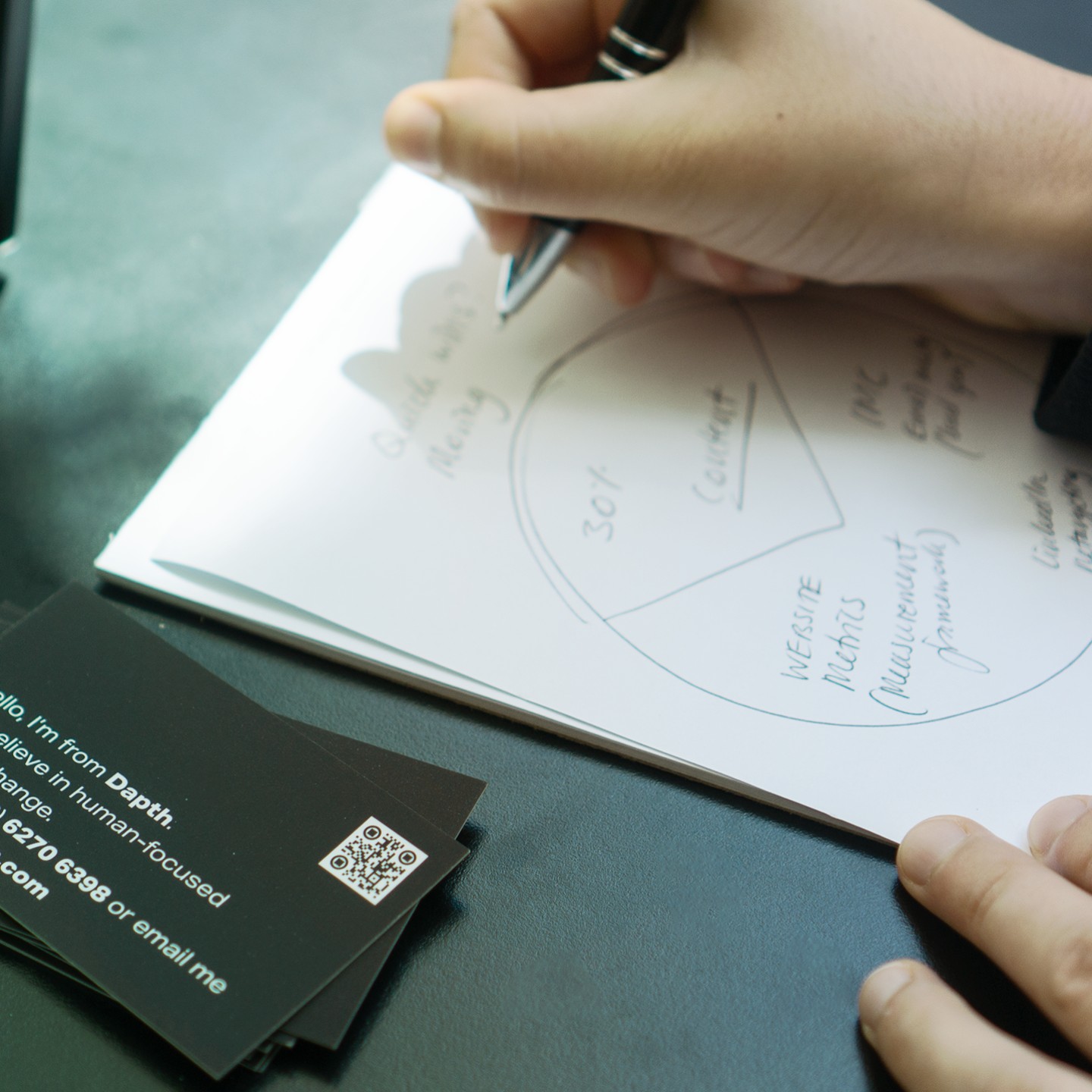
_web.webp)
_web.webp)
_web.webp)

_web.webp)
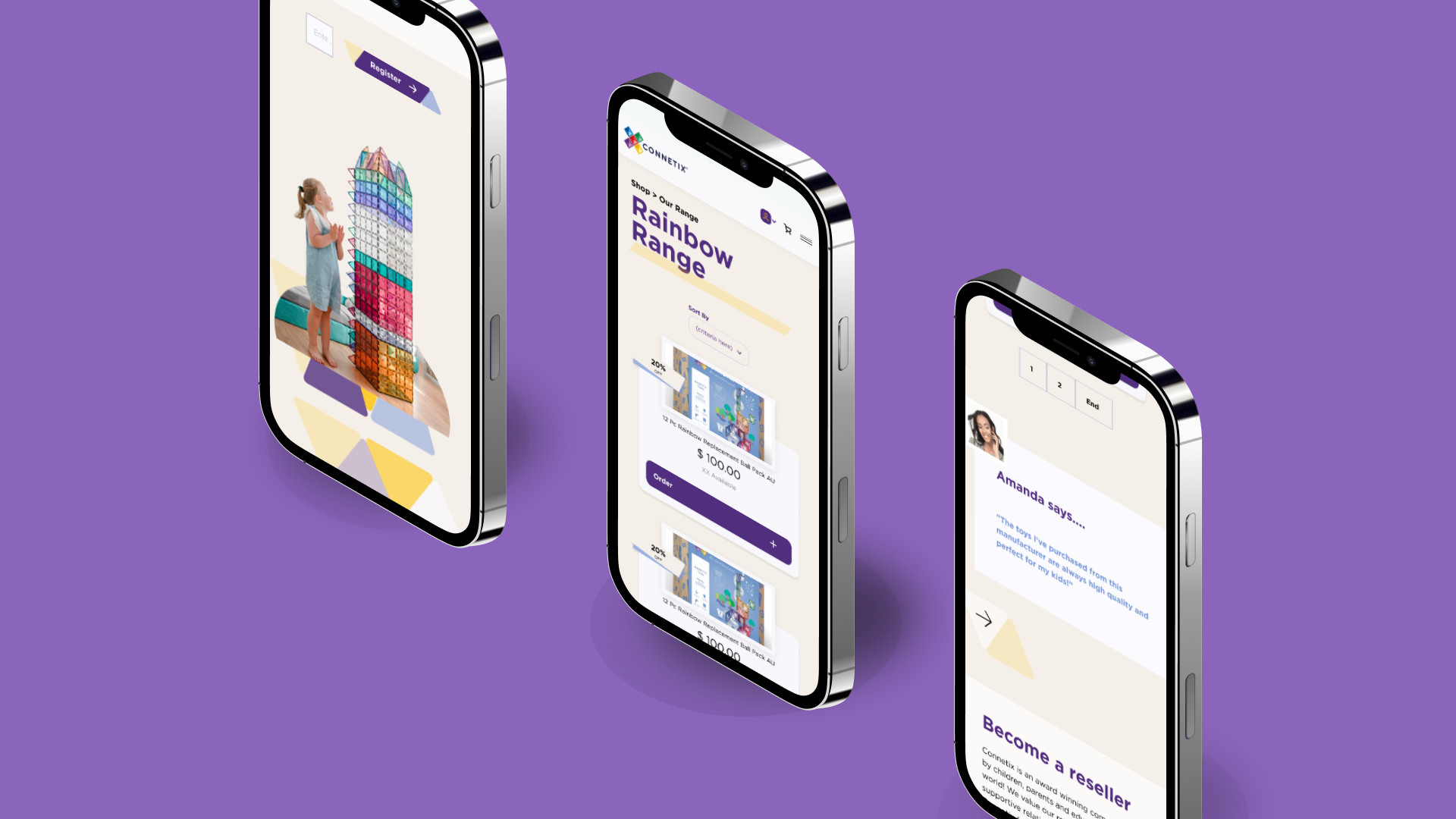

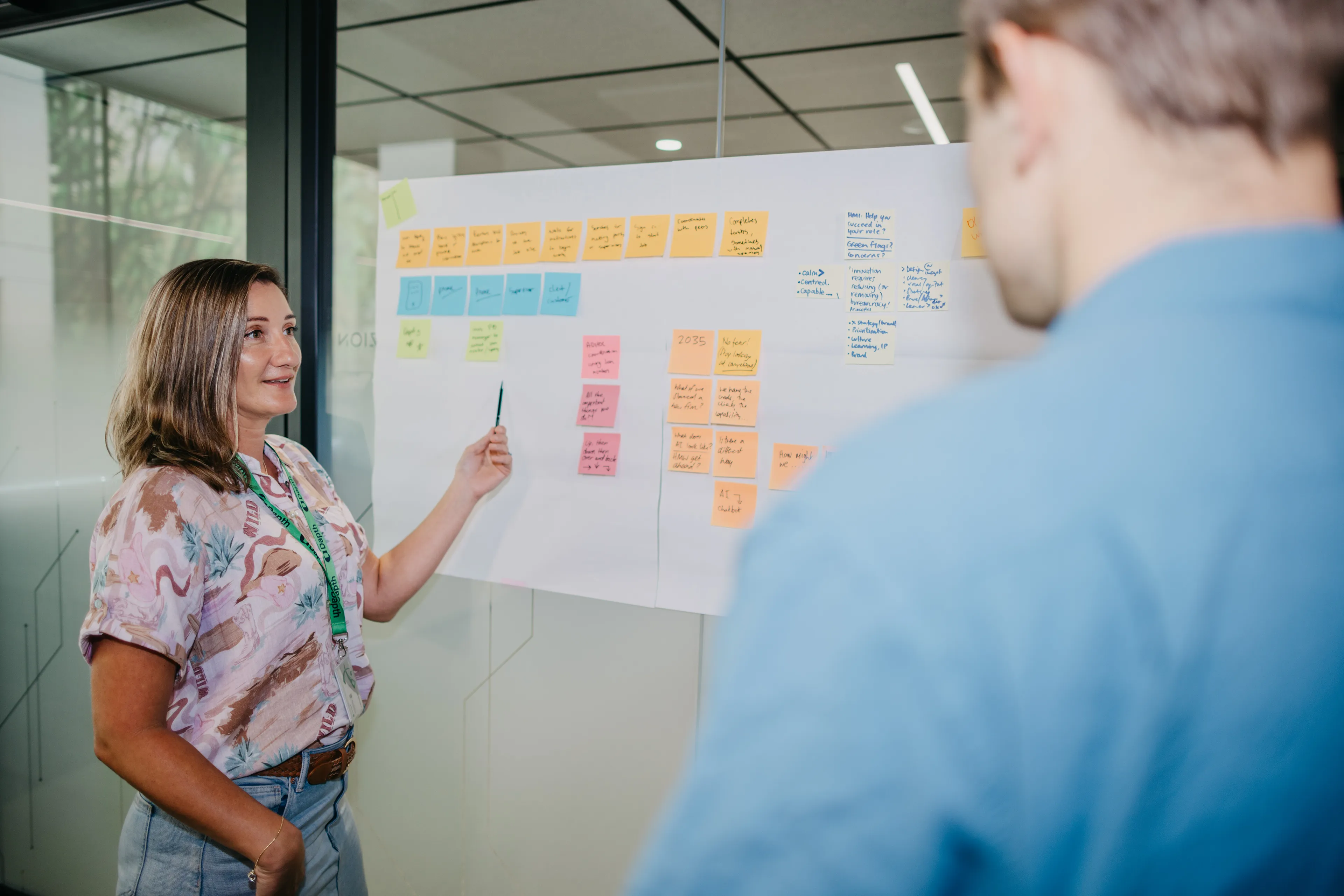_web.webp)

